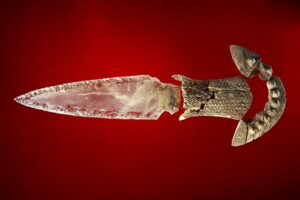44 strangest creatures on Earth with alien-like characteristics
Humans have always been fascinated to explore the unknown, and to experience the strange and odd things of this world. Whether it’s a vast rainforest or it’s the deepest sea, we always determine certain geological differences, finding out more and more strange trees and animals from everywhere.
In the process, now oceans have become the center of interest for our researchers to discover some of the strangest creatures. Bear in mind that humans have explored only 2% of the ocean floor and into the deepest part of the sea, there’s the probability of uncovering thousands of species that we never heard of. Although some of them have been found, further research is difficult because of the extreme conditions in deep water means those creatures usually can’t survive at the surface. In fact, there are so many such strange creatures lurking into the deep ocean that are indeed beyond our imagination.
From alien-looking frogs to terrifying fishes, here in this list, we will tell about some of the strangest creatures of this world. After knowing about these strangest animals and sea species, you will definitely believe that aliens do really exist not far but here on Earth.
1 | Deep-sea Anglerfish (Sea Devil)
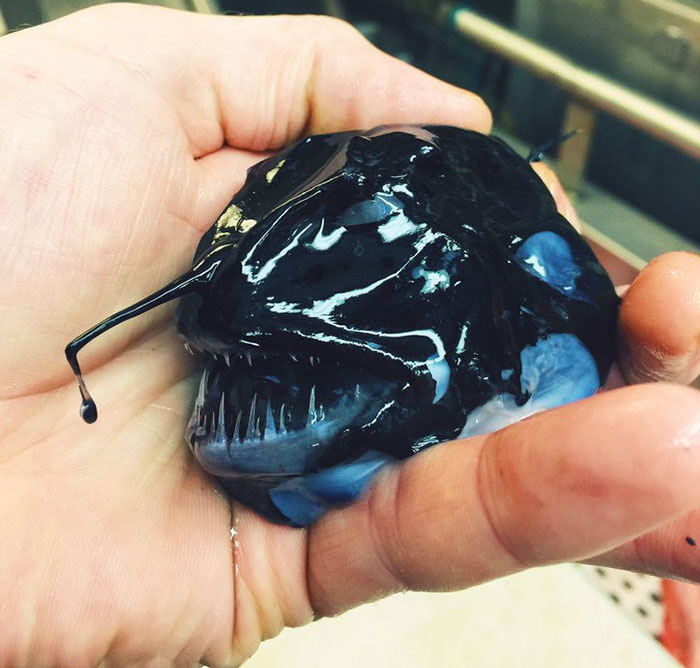
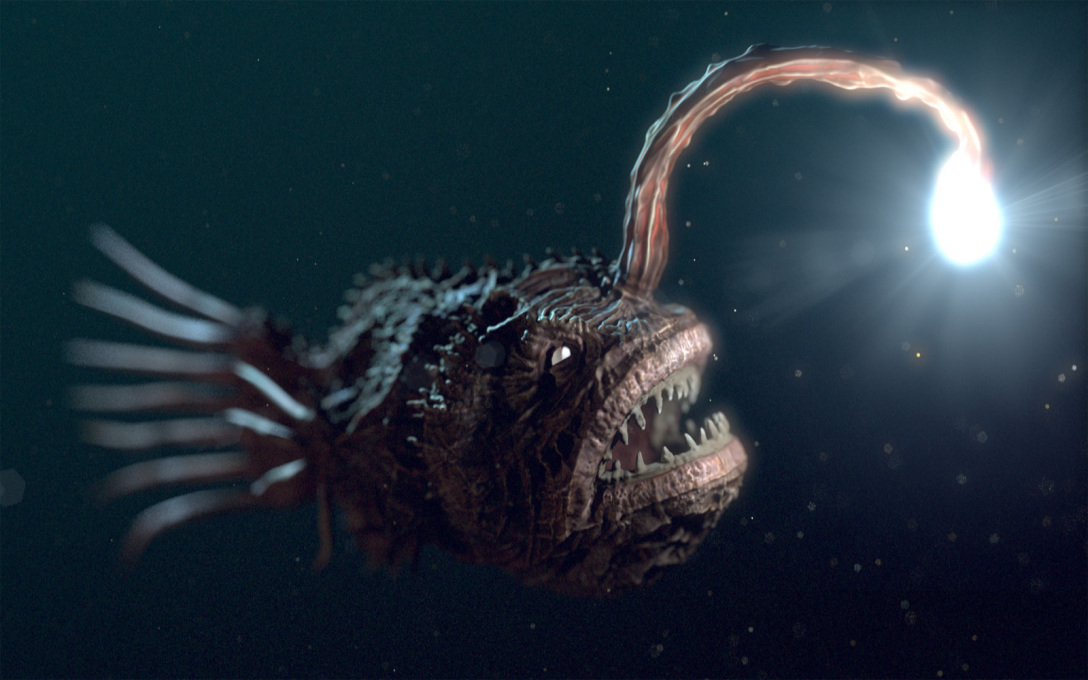
It lives in total darkness at depths to a mile below sea level and what has been referred to as the ‘midnight zone’. Down there, don’t be afraid of the dark, be afraid of the light. The light is a lure of the Deep-sea Anglerfish. The lure is created by the bioluminescent bacteria that live inside the angler. This devil fish drifts through the water, flashing its beacon waiting for its prey. These terrifying looking bony creatures are found in tropical to temperate waters of the Atlantic and Antarctic oceans. There are more than 200 species of Anglerfish.
2 | Barreleye Fish
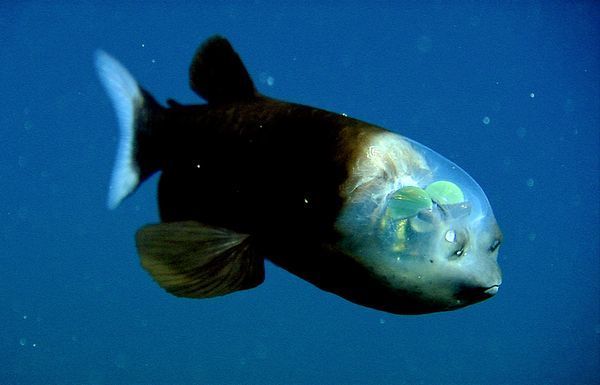
Barreleyes also called spook fish, or scientifically known as the Macropinna Microstoma are small deep-sea argentiniform fish found in tropical-to-temperate waters of the Atlantic, Pacific, and Indian Oceans. The fact is that those eyes-looking parts are actually their nostrils, and you can see the tubular eyes crapped by green lenses through its transparent head. Imagine, you are enjoying your deep-ocean journey, sitting on its deck, peering through the transparent layer of its head.
3 | Tarsier
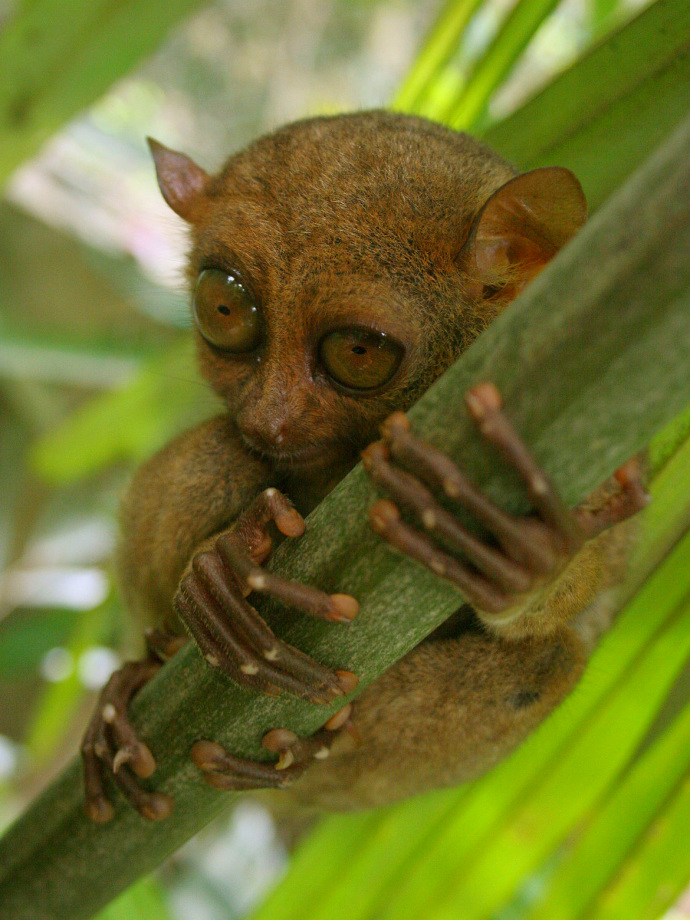
This small leaping primate is found only on various islands of Southeast Asia, including the Philippines. Look at its enormous golden eyes, the creepy fingertips, tail and the thin ears. This strange-looking animal seems to be some kind of mixture of rat, frog, monkey and bat. But it’s still cute.
4 | Stareaters (Stomiidae)
The Black Dragonfish
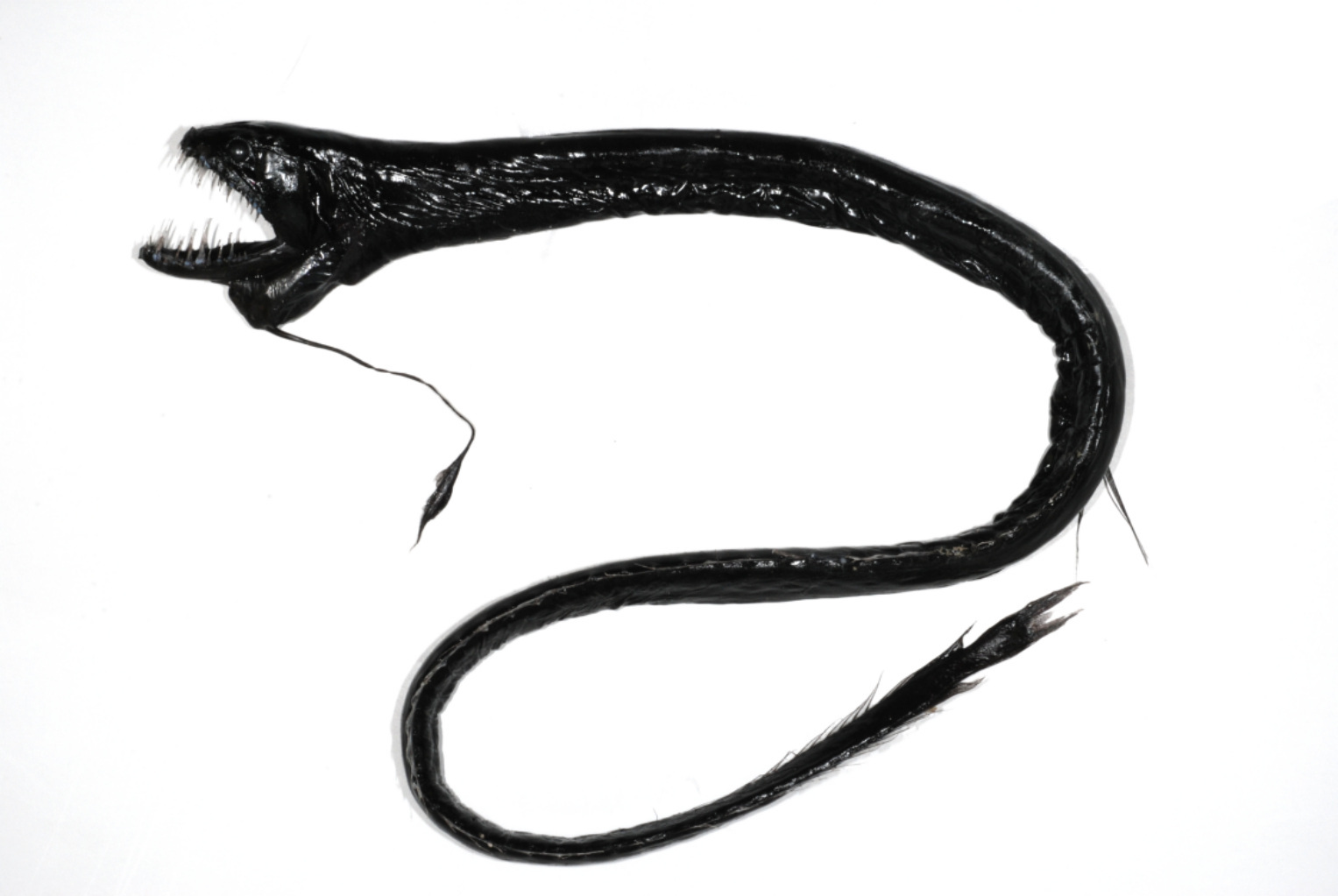
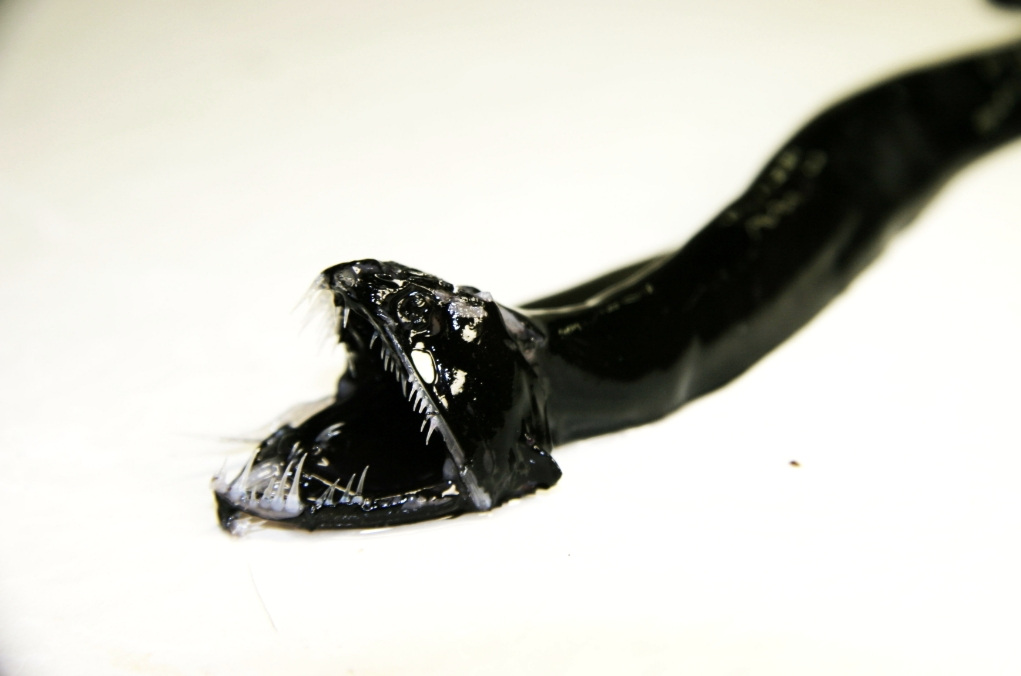
This strange creature is found circumglobally in southern subtropical and temperate oceans between latitudes 25°S and 60°E, at depths down to 2,000 metres. It definitely looks like a xenomorph alien!
The Stoplight Loosejaw Fish
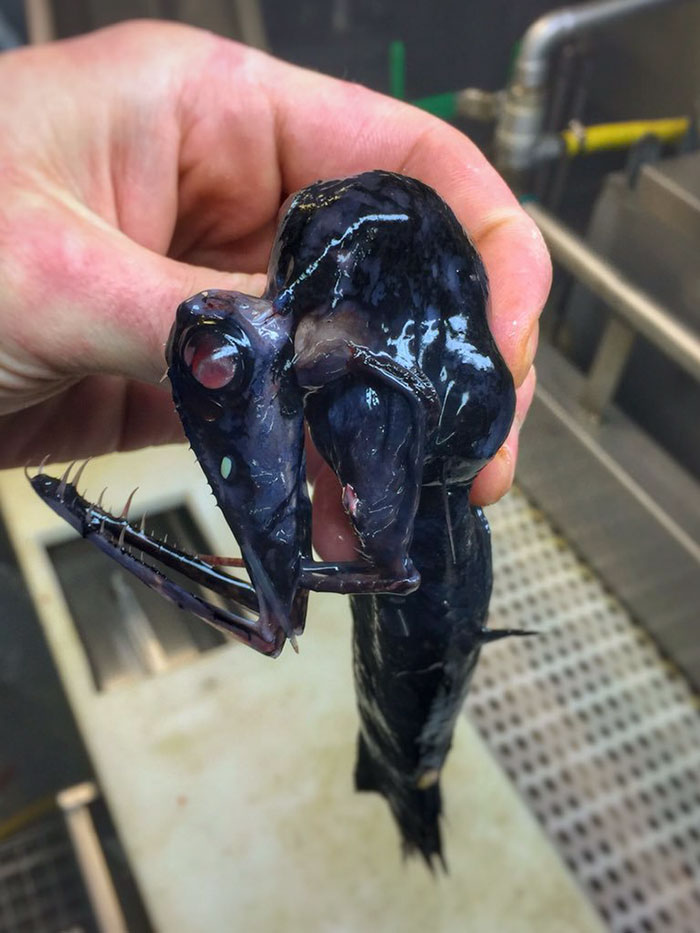
The Stoplight Loosejaws or scientifically named as Malacosteus niger are small deep-sea dragonfishes from the Stareaters group. They produce red bioluminescence, which is an essentially invisible beam of light to hunt in the deep sea.
Snaggletooth
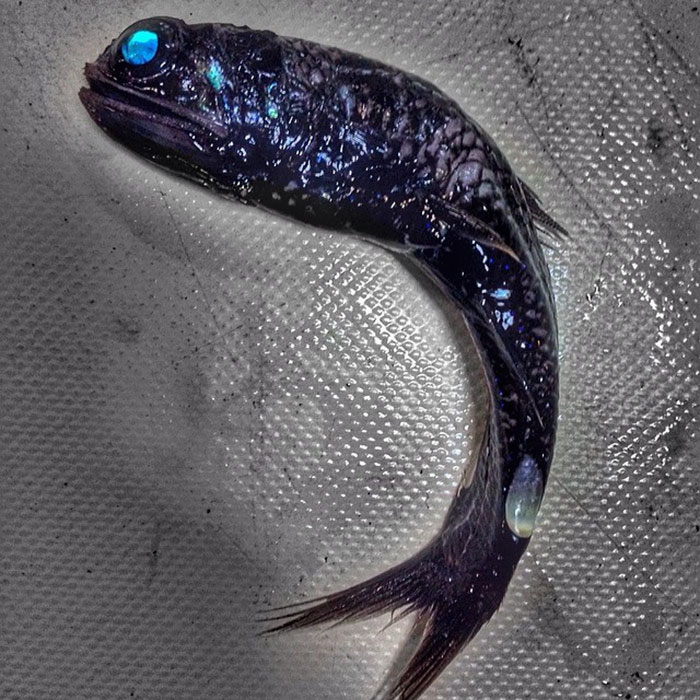
This sea creature resembles the Black Dragonfish. There are luminous patches on various parts of its body that lure its prey.
To say, each fish from the Stomiidae family is rare, strange and unique as well.
5 | Blobfish
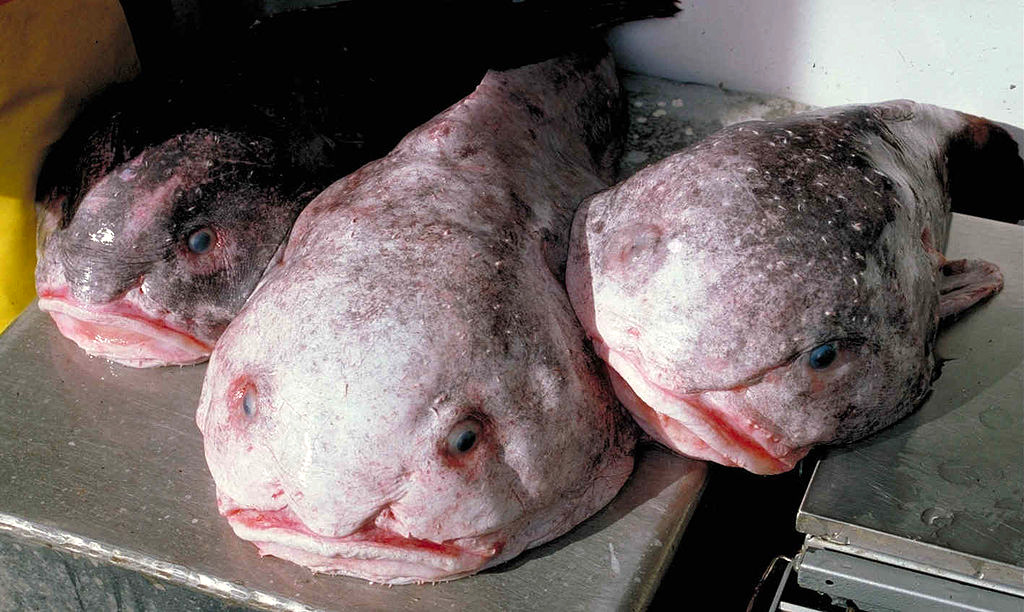
It’s a weird-looking deep-sea fish, which inhabits the deep waters off the coasts of mainland Australia and Tasmania, as well as the waters of New Zealand. It’s looking bizarre yet innocent. Isn’t it?
6 | Poison Dart Frogs
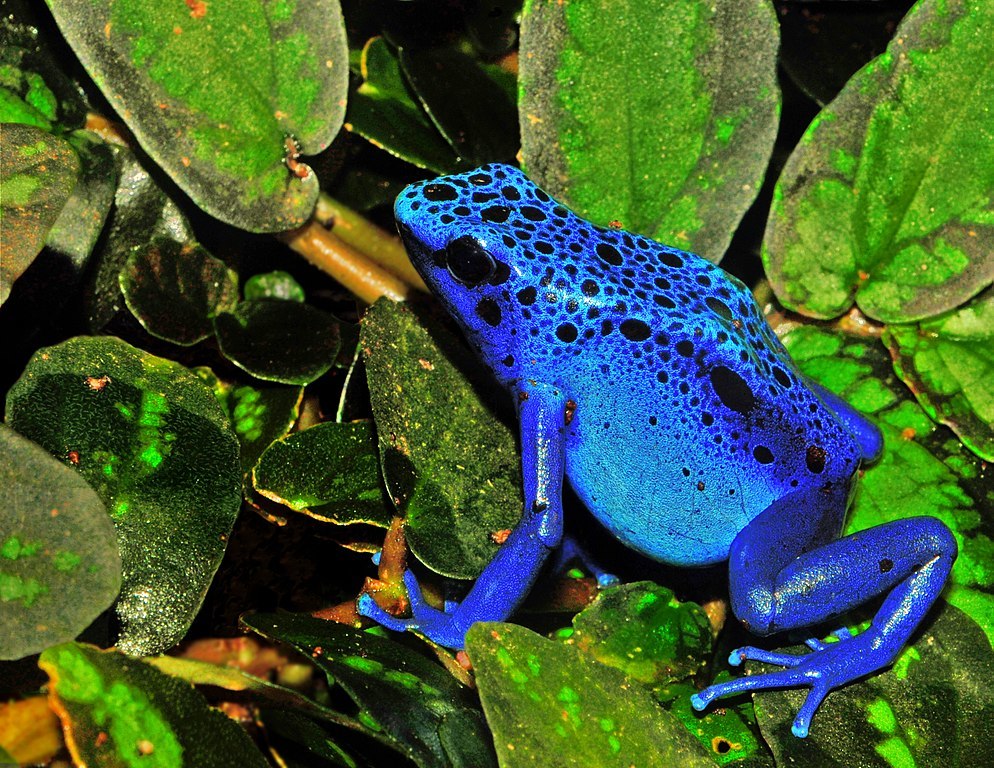
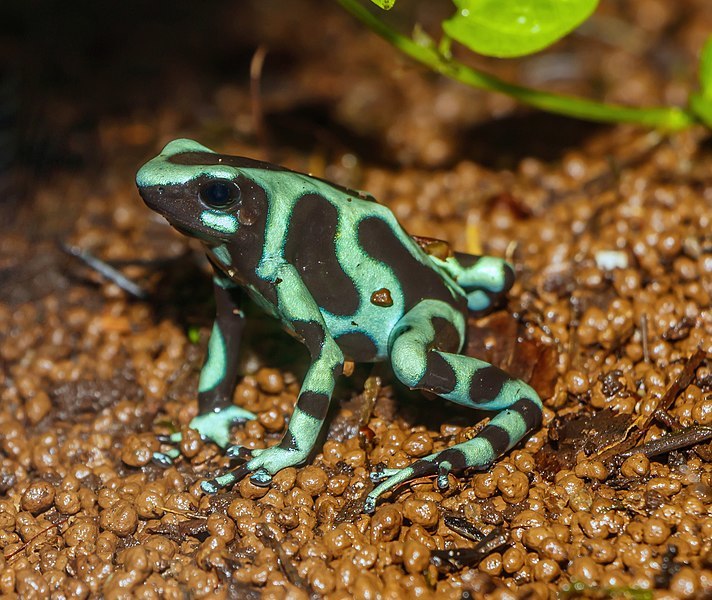
Don’t go with the light and bright colours of these frogs. They are deadly poisonous. The more colourful these frogs are, the more poison they contain. Poison Dart Frogs found in tropical Central and South America. There are more than 100 species of Poison Dart Frogs. These frogs secrete toxins through their skin as a chemical defence against predation. Scientists are unsure of the source of Poison Dart Frogs’ toxicity, but it is possible they assimilate plant poisons which are carried by their prey, including ants, centipedes and mites – the diet-toxicity hypothesis.
7 | Blue Glaucus
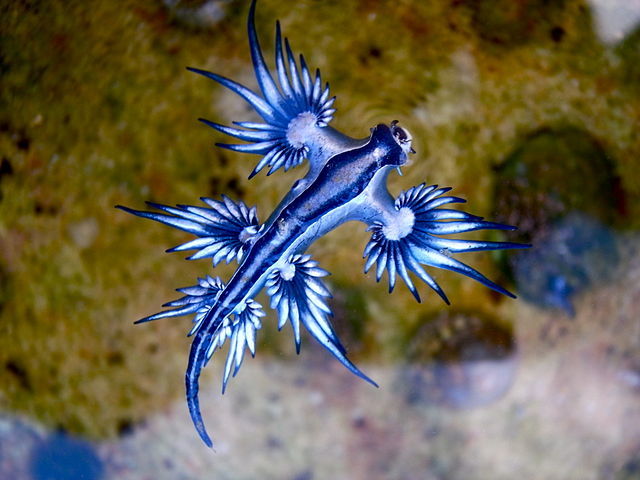
These blue sea slugs float upside down by using the surface tension of the water to stay up, where they are carried along by the winds and ocean currents.
8 | Geoducks
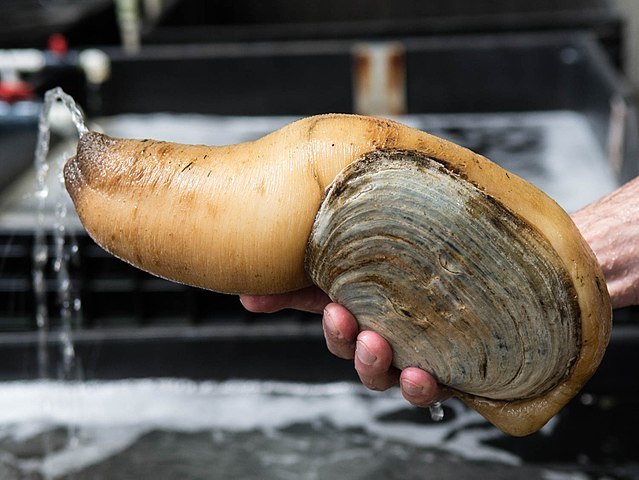
The Pacific Geoduck is a species of very large, edible saltwater clam in the family Hiatellidae. It is native to the coastal waters of western Canada and the northwest United States.
9 | Glasswing Butterfly
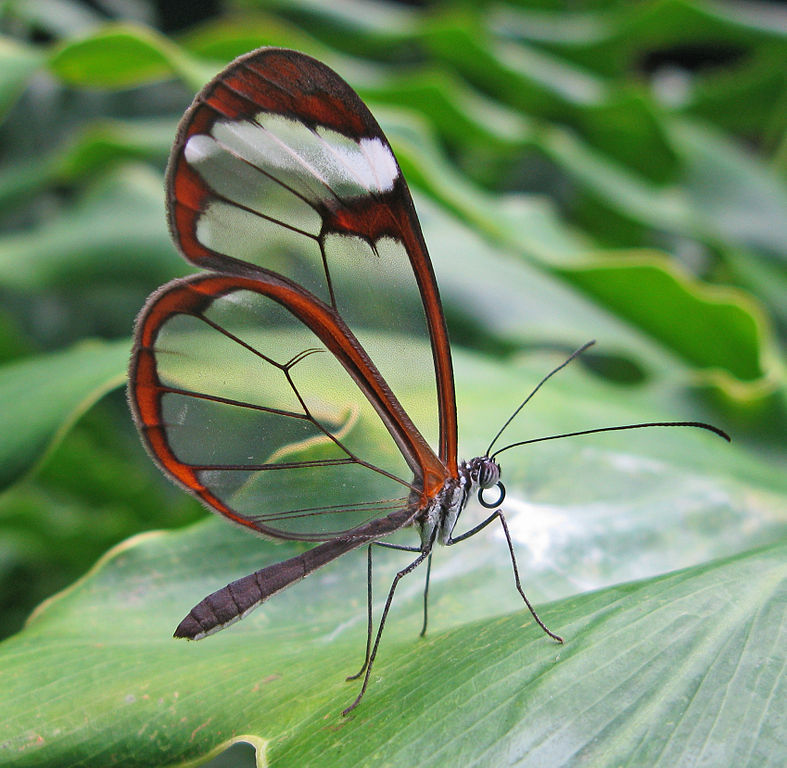
Greta oto or commonly know as the Glasswing Butterfly for its unique transparent wings that allow it to camouflage without extensive coloration. The glasswing butterfly is most commonly found from Central to South America as far south as Chile, with appearances as north as Mexico and Texas.
10 | Pink See-Through Fantasia
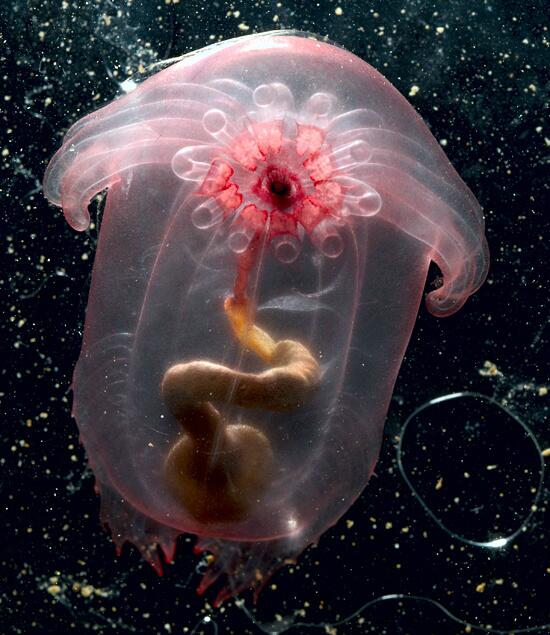
The Pink See-Through Fantasia is a sea cucumber, found about a mile and a half deep in the Celebes Sea in the western Pacific.
11 | Ghost Shark
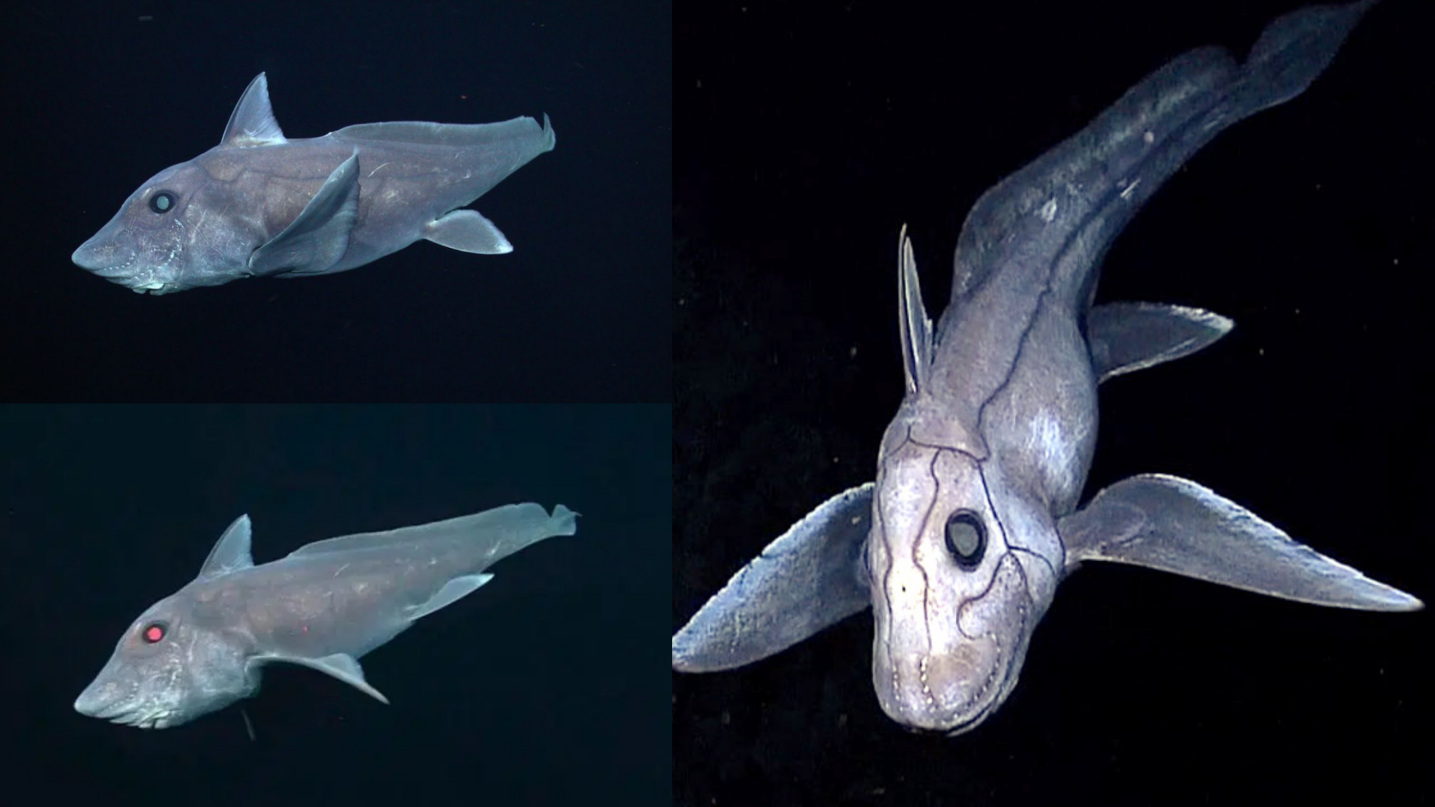
Chimaeras, known informally as Ghost Sharks, Rat Fish, Spookfish or Rabbit Fish for their scary appearances. These rare sharks live in temperate ocean floors down to 2,600 metres deep.
12 | Chimaeridae/Shortnose Chimaeras
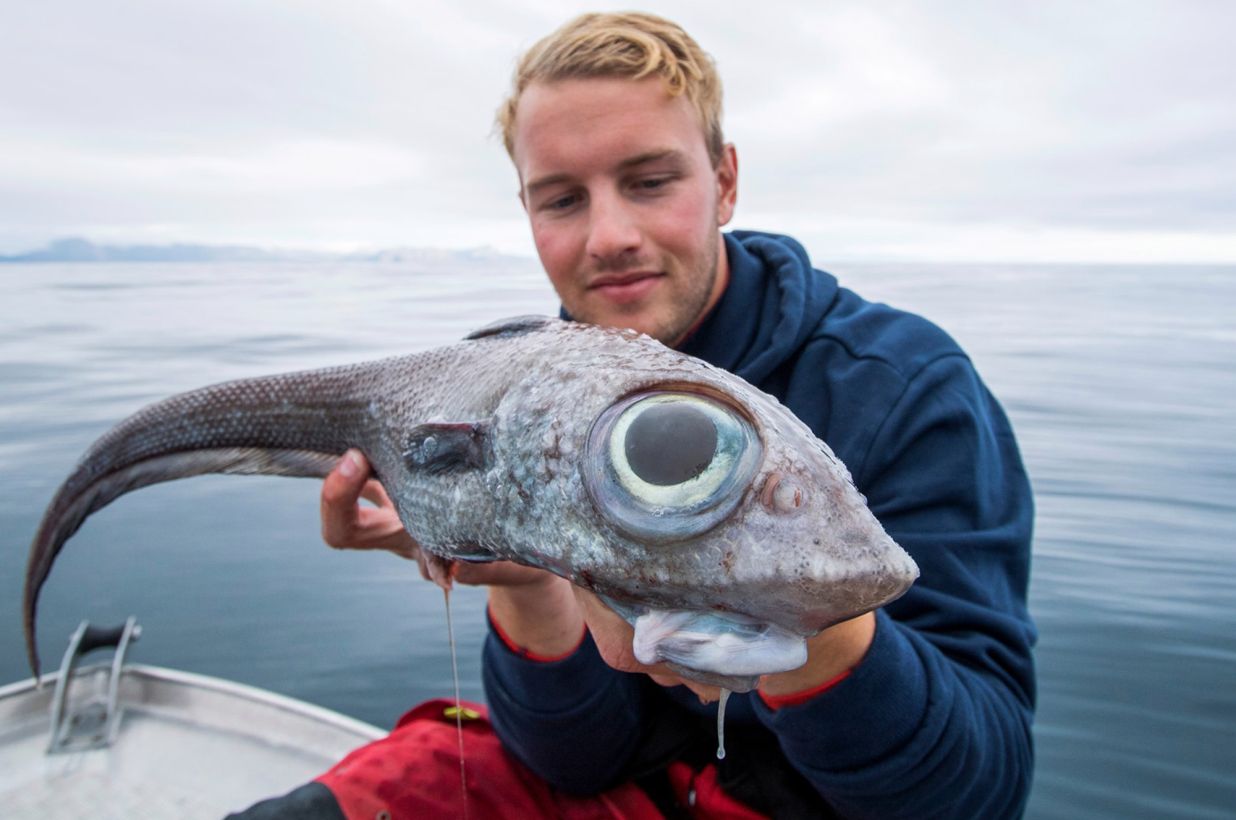
Shortnose Chimaeras or Chimaeridae is another strangest sea creature that looks like an alien fish. They are found in temperate and tropical marine waters worldwide. Most species are restricted to depths below 200 metres. The terrifying fact about this fish is that it has a venomous spine on its back, which is sufficiently dangerous to injure humans.
13 | Fangtooth
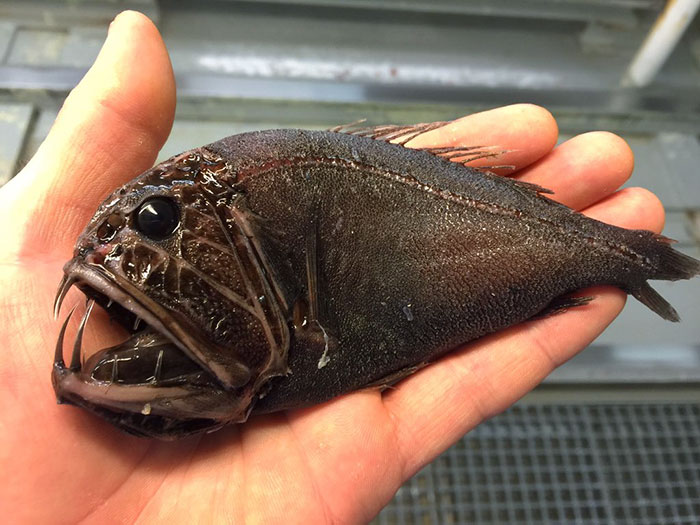
While understandably named for their disproportionately large, fang-like teeth and unapproachable visage, fangtooths are actually quite small and harmless to humans. It lives in tropical and cold-temperate waters.
14 | Telescope Octopus
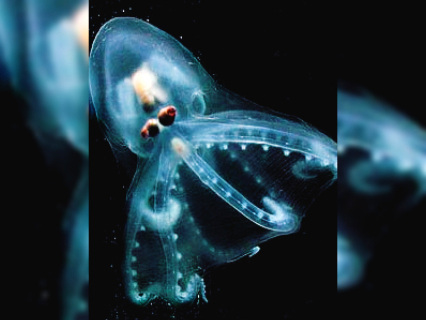
The Telescope Octopus got its name from its protruding eyes, a unique feature among octopuses. Like wraiths of the abyss, telescope octopuses float and dangle in the deepest currents of Earth’s oceans. It drifts through the water at depths of 1,981 meters in tropical and subtropical regions of the Indian and Pacific Oceans. It is transparent, almost colourless, and has 8 arms. It is the only octopus to have tubular eyes that it can use as a telescope, providing a distinct and wide peripheral vision.
15 | Deep Sea Hatchetfish
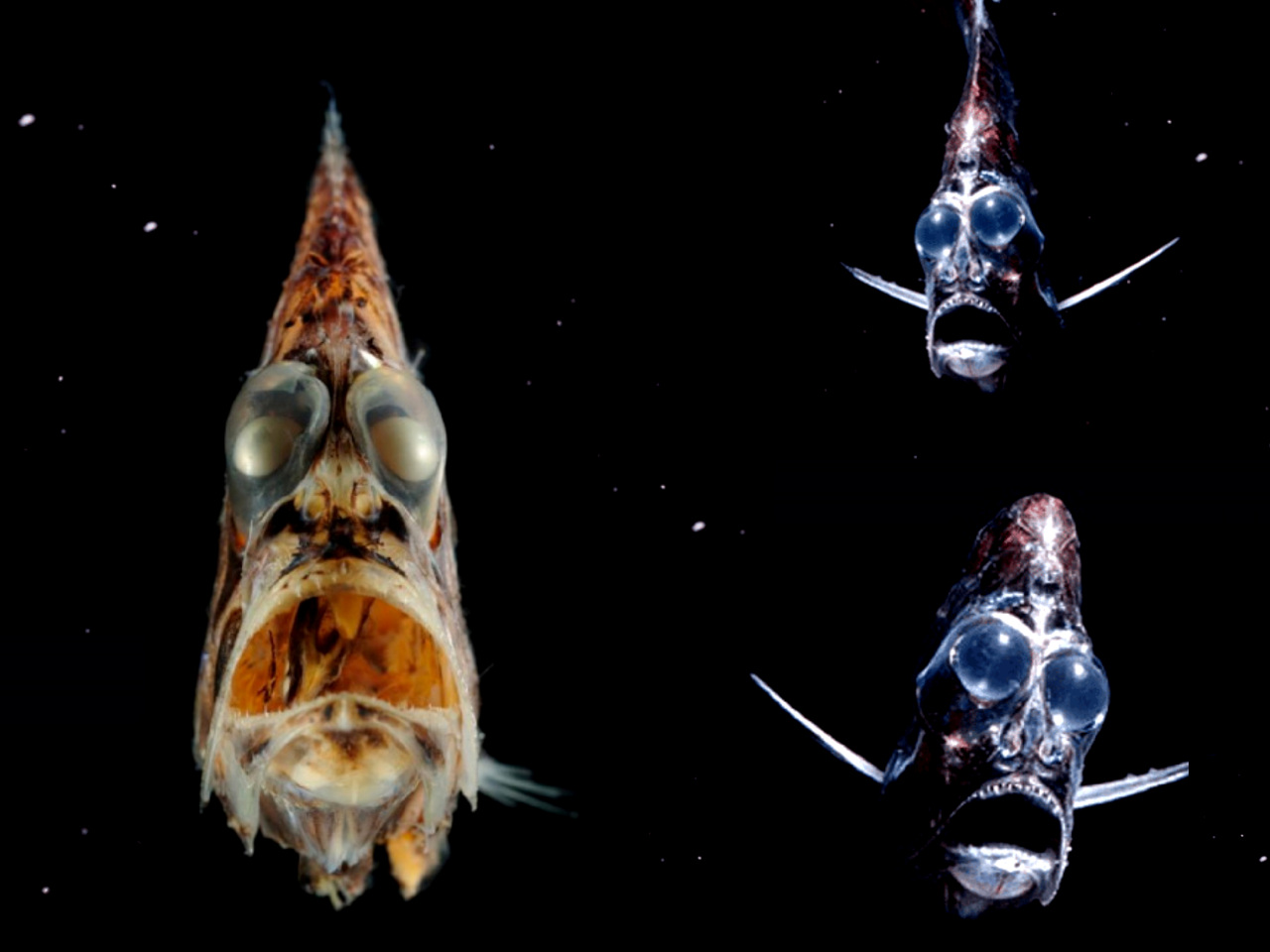
Though it lives deep in the Earth’s oceans, this fish looks like it came from another planet. Its lifeless opaque eyes and eerie light shining from its body help confuse undersea attackers. It can actually shift the intensity of their bioluminescence based on the light available from above to optimize camouflage.
16 | Viperfish
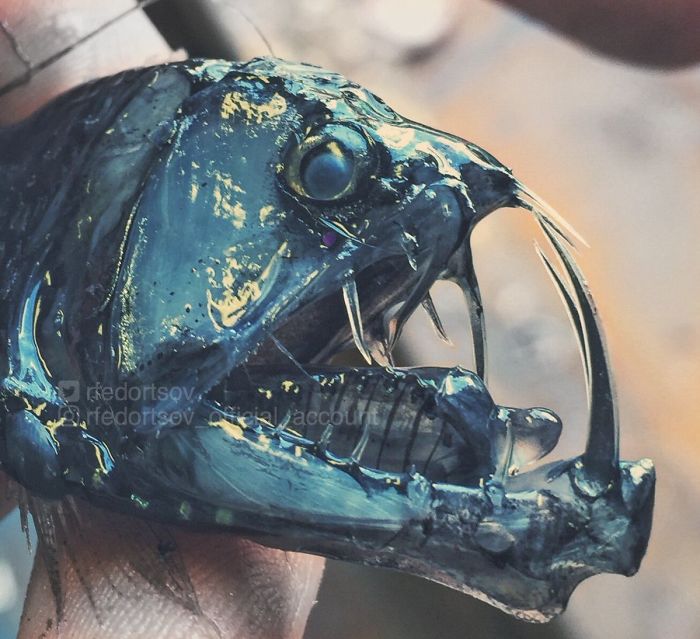
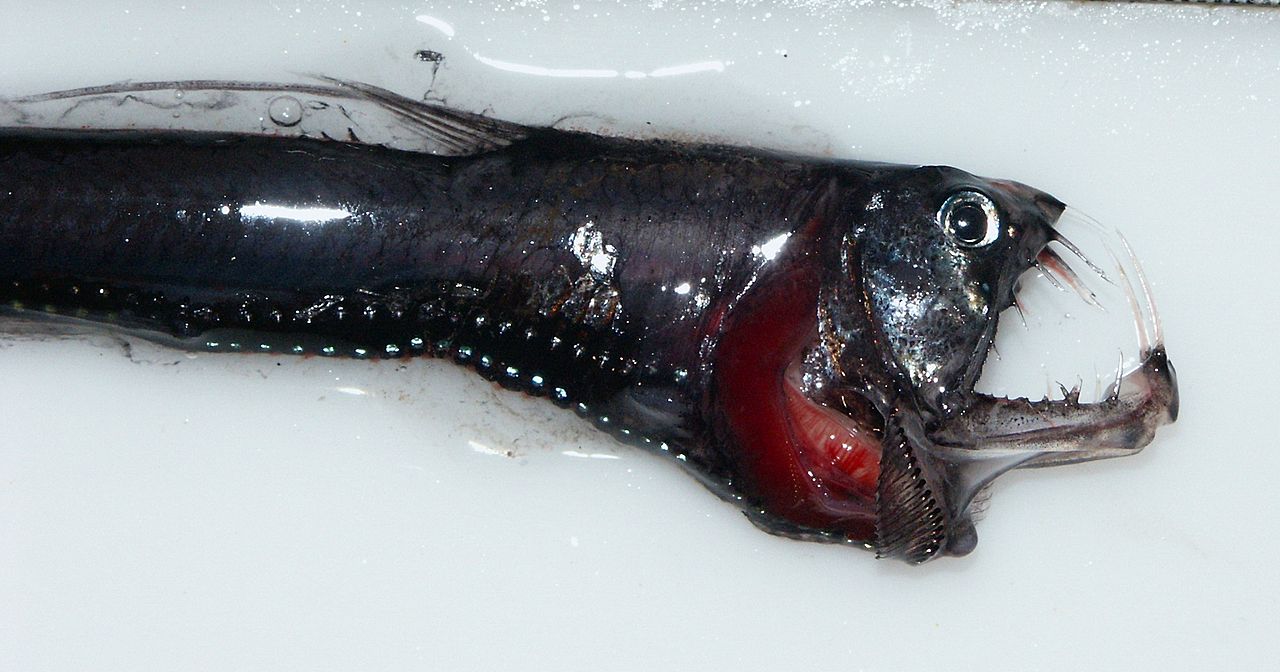
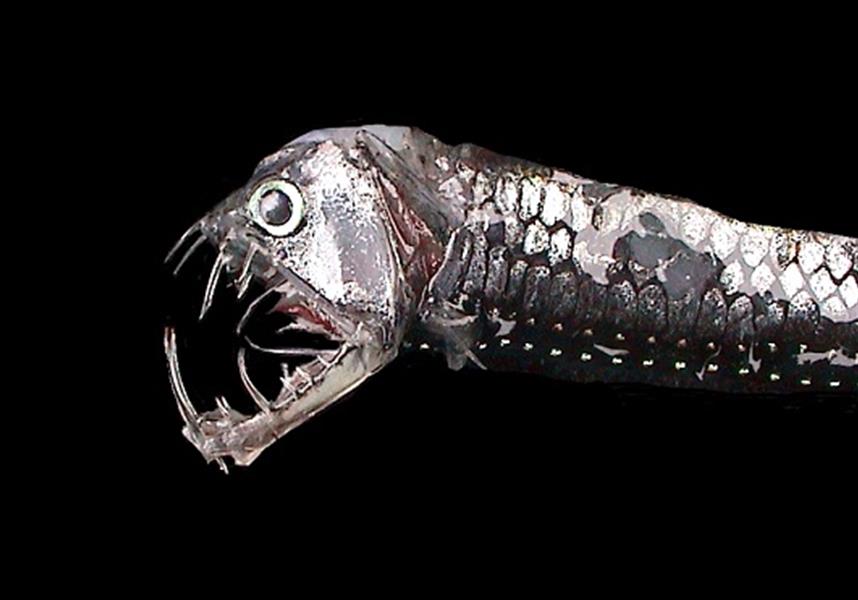
Viperfish are characterized by long, needle-like teeth and hinged lower jaws. Its head resembles the Viper snake – that’s how it got its name. A typical viperfish grows to lengths of 30 to 60 cm. Viperfish stays near lower depths in the daytime and shallower depths at night, primarily in tropical and temperate waters. Viperfish are believed to attack prey after luring them within range with light-producing organs called photophores, which are located along the ventral sides of its body, and with a prominent photophore at the end of a long spine in the dorsal fin.
17 | Nudibranchs
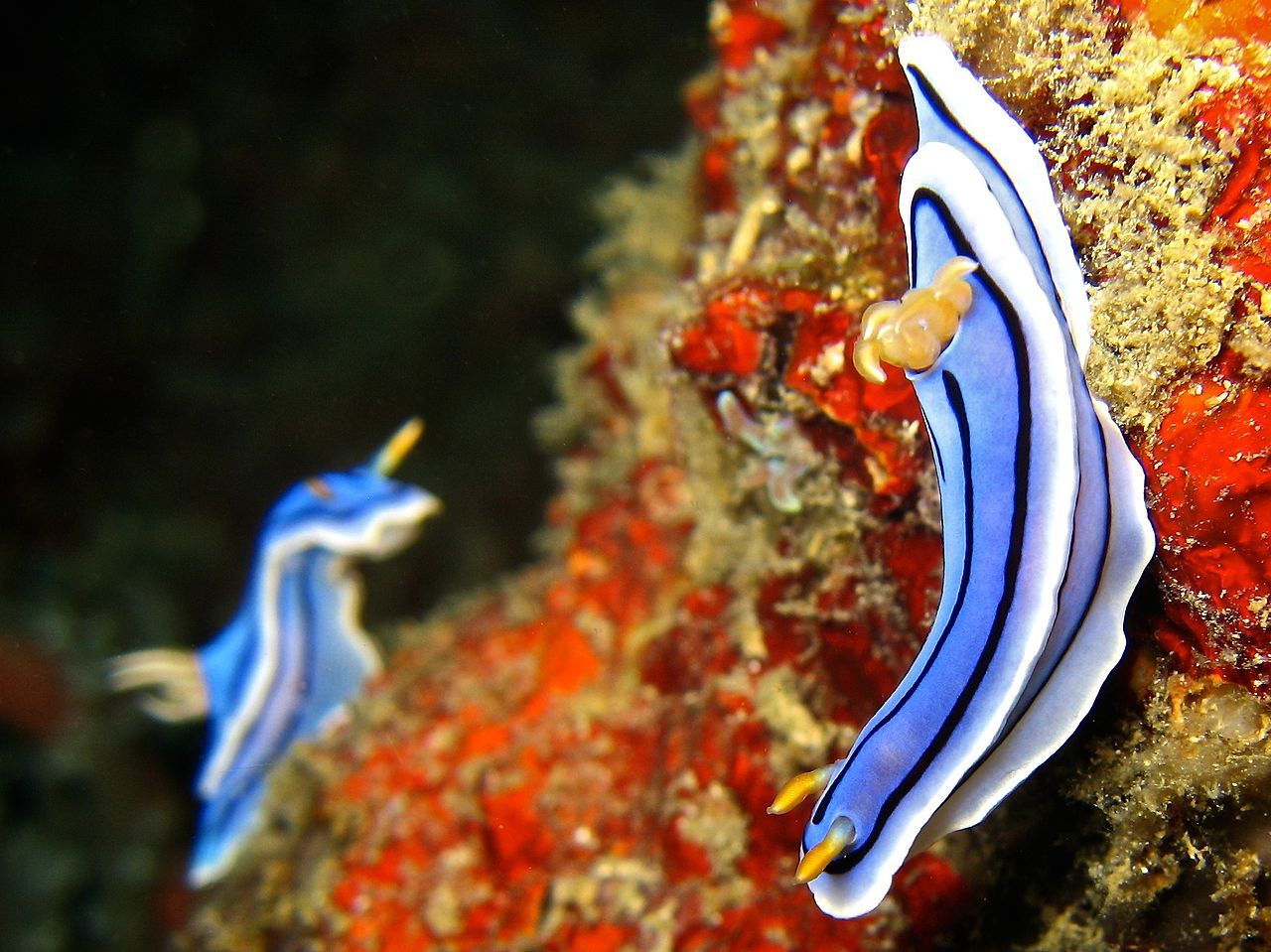
Nudibranchs are a group of soft-bodied sea slugs which shed their shells after their larval stage. They are noted for their often extraordinary colours and striking forms. Nudibranchs occur in seas worldwide, ranging from the Arctic, through temperate and tropical regions, to the Southern Ocean around Antarctica.
18 | Frilled Shark
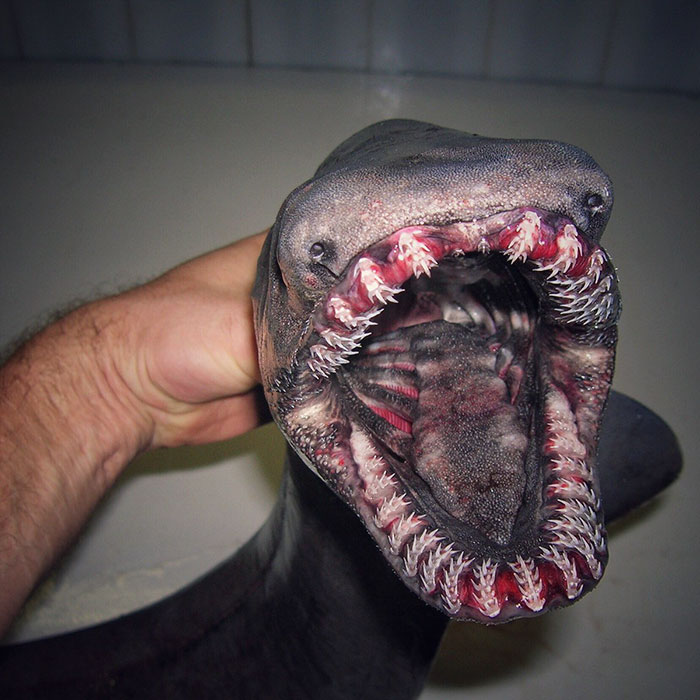
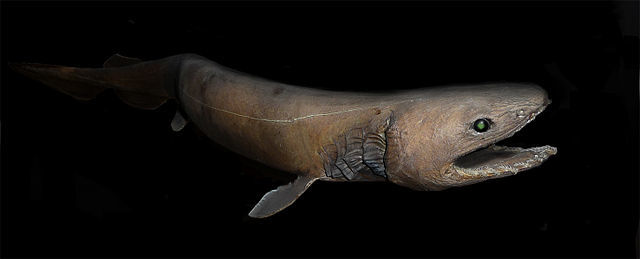
This weird-looking “living fossil” could be found in the Atlantic and Pacific Oceans. This strange shark may capture prey by bending its body and lunging forward like a snake. The long, extremely flexible jaws enable it to swallow prey whole, while its many rows of small, needle-like teeth make it difficult for the prey to escape.
19 | Alien Tree Frog
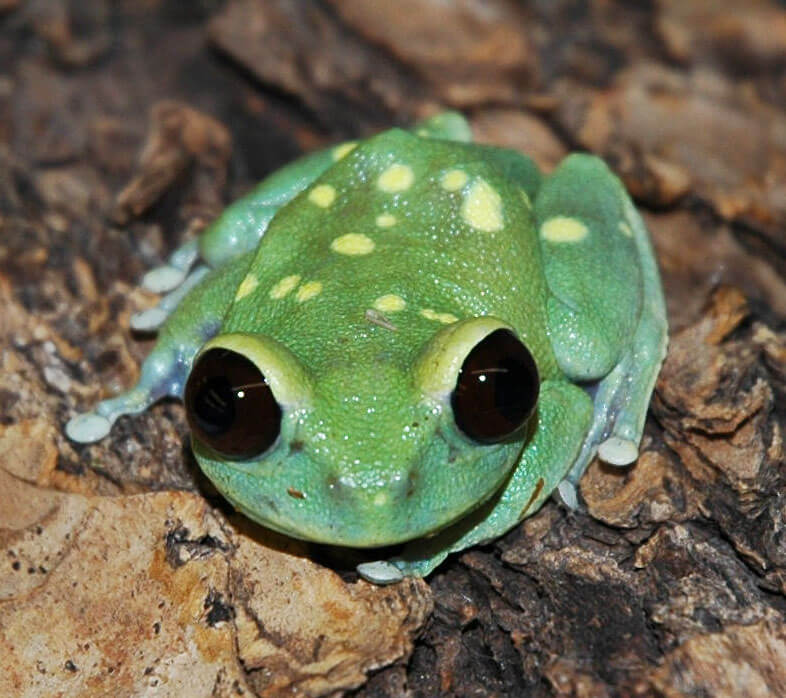
Morelet’s Tree Frogof leaf frog found in Belize, El Salvador, Guatemala, Honduras, and Mexico. They have also been called Black-eyed Leaf Frog, Popeye Hyla and Alien Tree Frog.
20 | Transparent Glass Frog
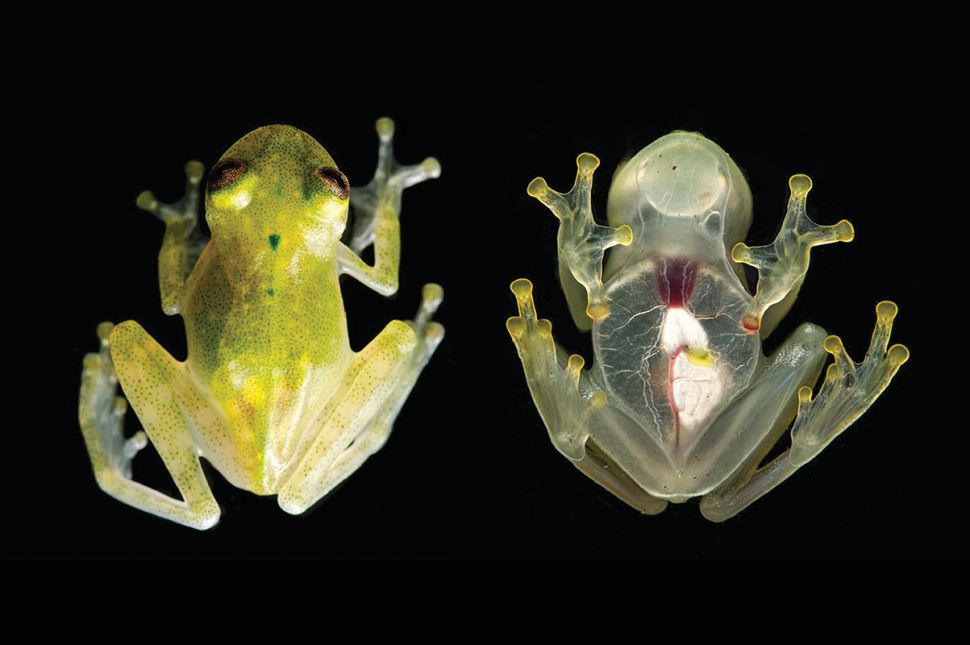
While the general background coloration of most Glass Frogs is primarily lime green, the abdominal skin of some of these frogs is transparent and translucent. The internal viscera, including the heart, liver, and gastrointestinal tract, are visible through its skin. These rare tree frogs are found in some parts of South America and Mexico.
21 | Post Larval Surgeonfish
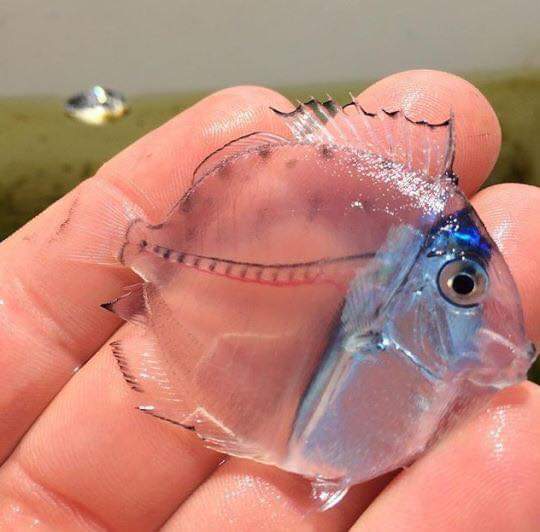
This transparent fish is a juvenile Surgeonfish. They’re found in a wide range of waters including those around New Zealand.
22 | Antarctic Blackfin Icefish
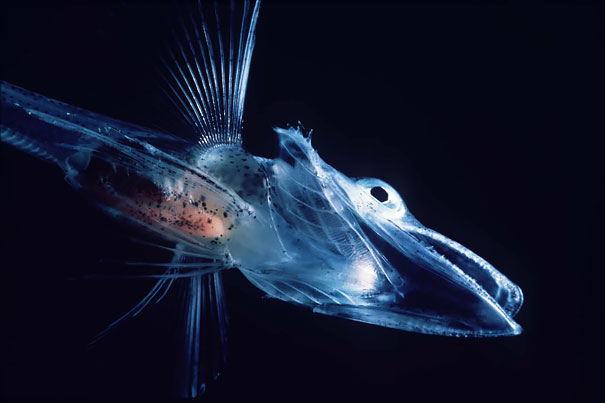
The Blackfin Icefish or Chaenocephalus aceratus, lacks hemoglobin and lives in Antarctic waters, where the temperature is often close to the freezing point of seawater. Its blood is as clear as water and bones are so thin, you can see its brain through its skull. The body structure makes it extremely vulnerable to injury.
23 | Red-Eyed Tree Frog
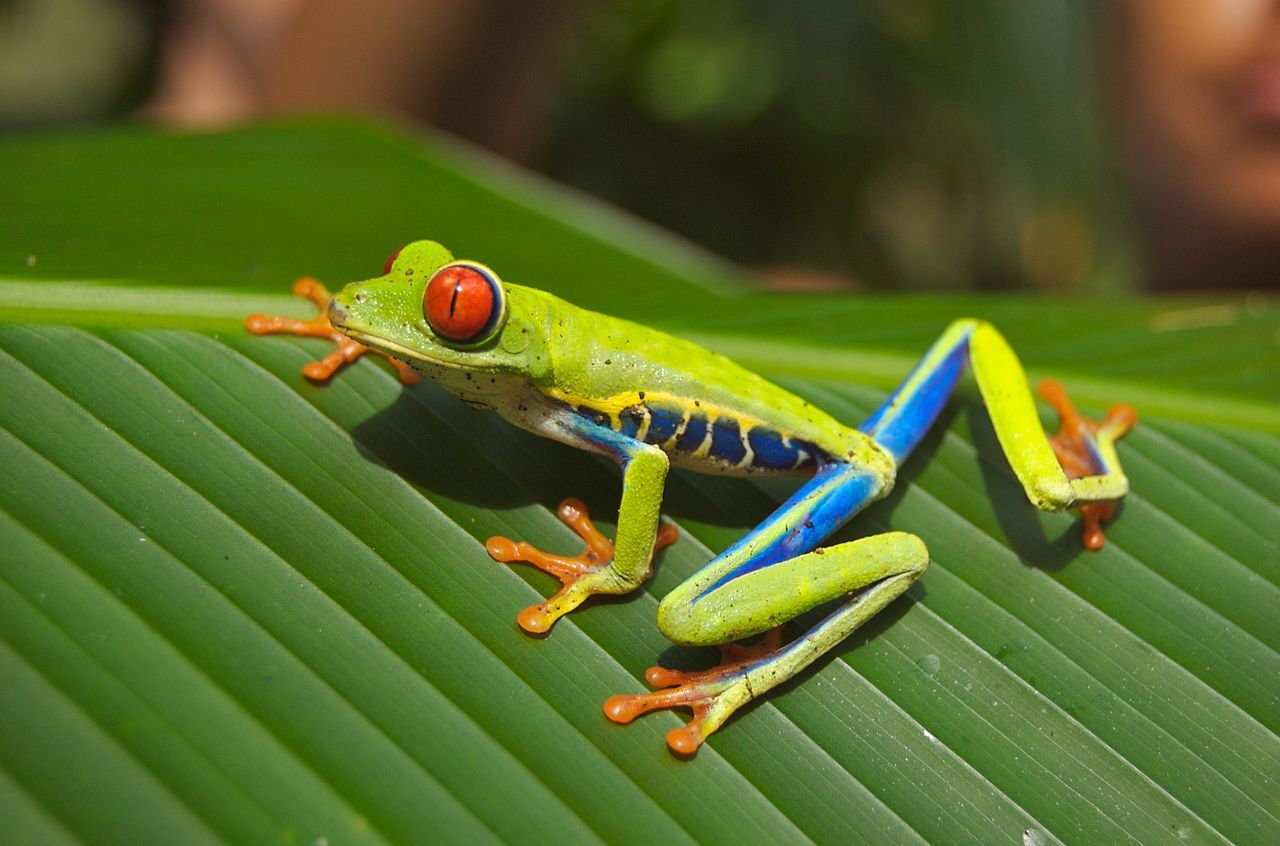
Found in Central America, this species has red eyes with vertically narrowed pupils. It has a vibrant green body with yellow and blue with vertically striped sides. The large red eyes serve as a defensive adaptation through deimatic behaviour. When a red-eyed treefrog detects an approaching predator, it abruptly opens its eyes and stares at the predator. The sudden appearance of the red eyes may startle the predator, giving the frog a chance to flee.
24 | Cyclocosmia Spider
The sclerotised surface of the abruptly truncated abdomen protects the cork-lid trapdoor spider 𝘊𝘺𝘤𝘭𝘰𝘤𝘰𝘴𝘮𝘪𝘢 sp. from predators by “plugging” its burrow entrance. Photographed under captivity. pic.twitter.com/p2pJ5o5Acb
— Nicky Bay (@singaporemacro) March 28, 2019
Trapdoor Spiders, found in the parts of Asia. They can be distinguished from each other by the pattern of the abdominal disk which is very hard and strong. They use this to clog the entrance of their burrows when threatened, a phenomenon called phragmosis. The bite of the Hourglass Spider is of low risk (non-toxic) to humans.
25 | Thetys Vagina
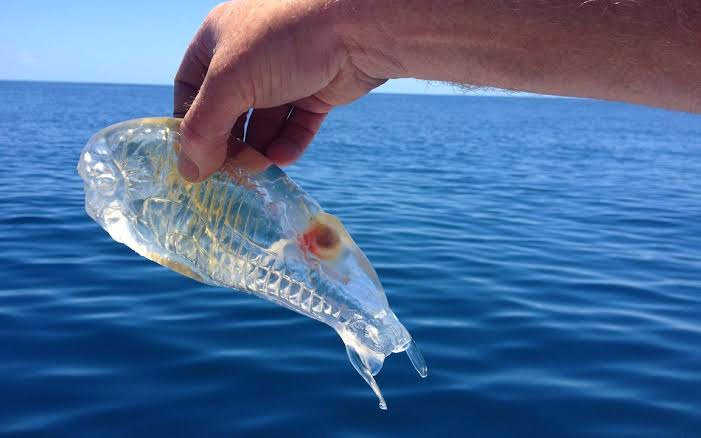
Thetys Vagina or sometimes referred to as Salpa Maggiore is transparent and gelatinous, making it difficult to be seen in water, which is helpful in avoiding predators. However, it has a coloured digestive system seen as a dark or colourful lump.
26 | Peacock Spider
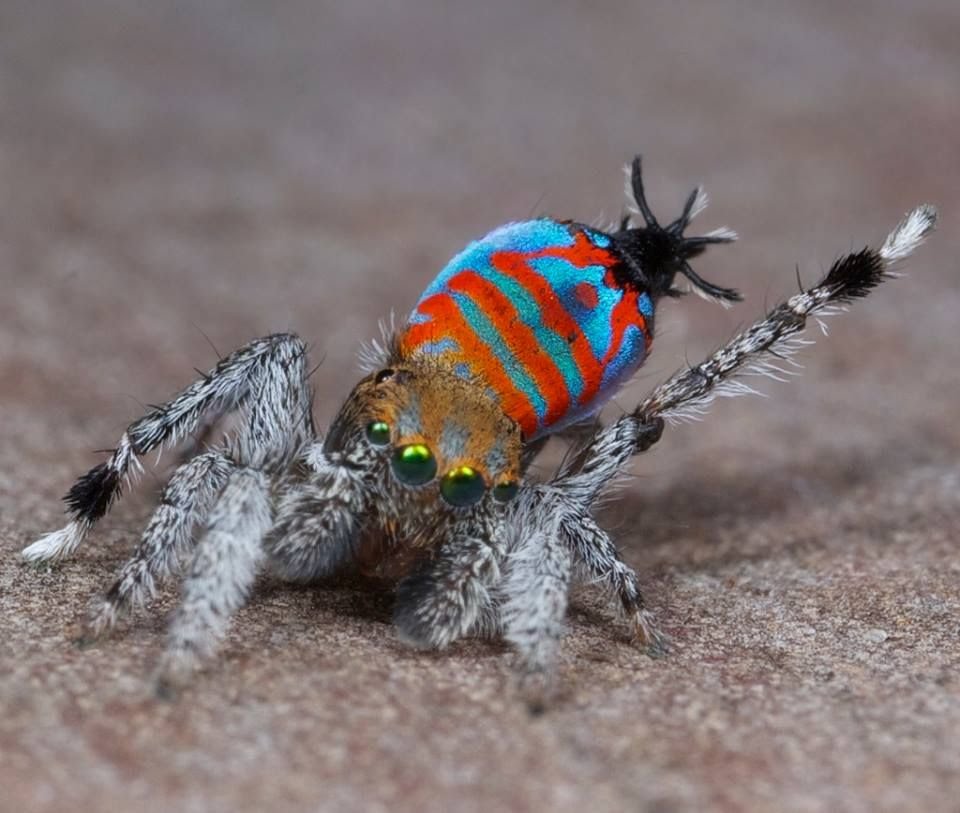
Peacock Spiders or scientifically known as Maratus Volans are the tiny red, blue, green, yellow and black coloured male spiders found only in Australia. Like almost all spiders, peacock spiders are venomous. But that doesn’t mean they’re dangerous to humans. Their little jaws are so tiny that they couldn’t even puncture our skin.
27 | Zombie Worm
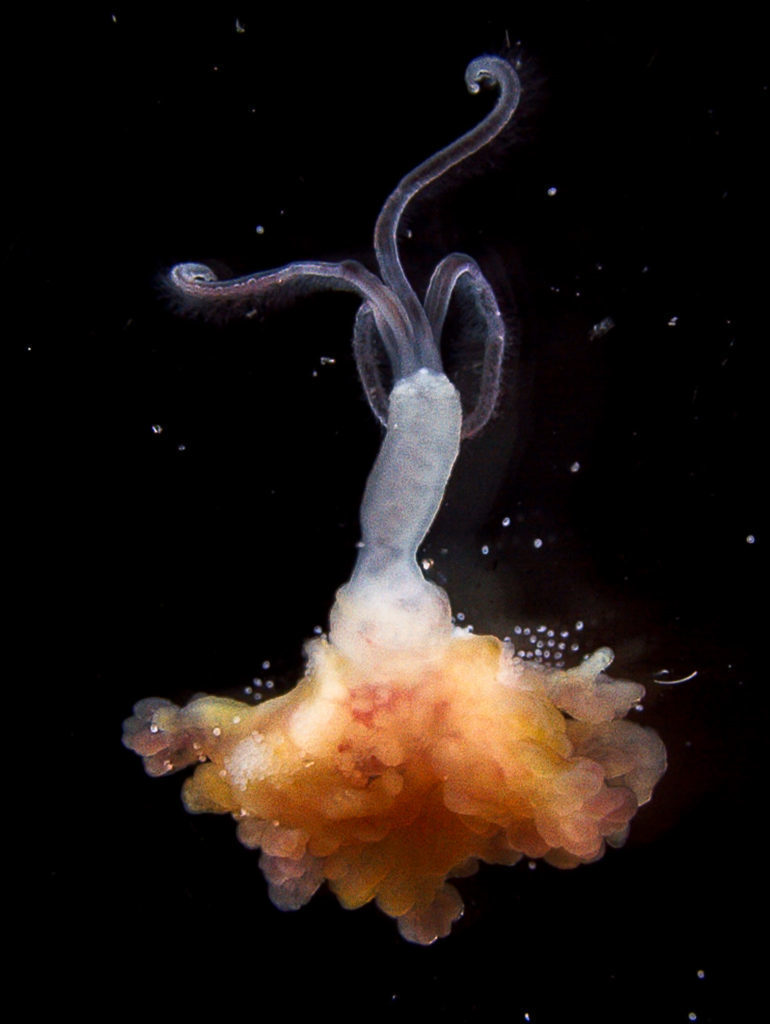
Osedex, also known as the Bone Worm or Zombie Worm, can consume the rock-hard bones of some of Earth’s biggest animals, including whales. It secretes acids to help it access the inner contents of those dead whale bones. Then, it uses symbiotic bacteria to convert the bone’s proteins and fats into nutrients that serve as its food.
28 | The Green-banded Broodsac Worm
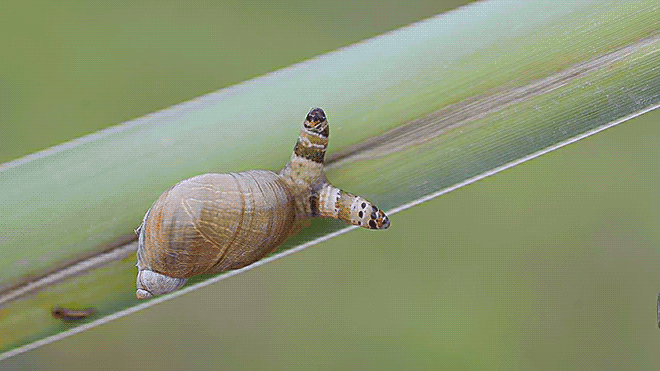
Leucochloridium, a parasitic worm that invades a snail’s eyestalks, where it pulsates to imitate a caterpillar (in biology circles this is known as aggressive mimicry—an organism pretending to be another to lure prey or get itself eaten). The worm then mind-controls its host out into the open for hungry birds to pluck out its eyes. To say, the snail becomes a zombie snail. The worm breeds in the bird’s guts, releasing its eggs in the bird’s feces, which are happily eaten up by another snail to complete the whole bizarre life cycle.
29 | Gulper Eel
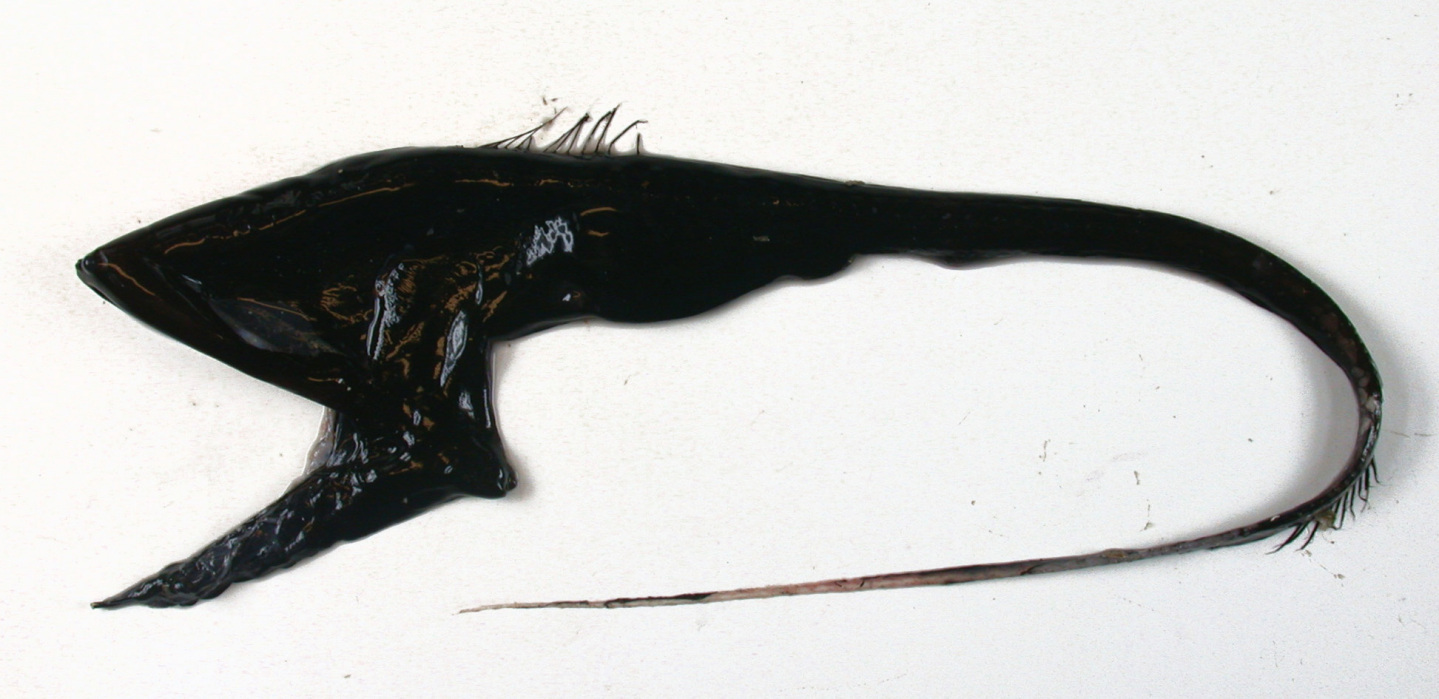
Gulper Eel or also referred to as the Pelican Eel has a wide mouth that can be used as a net to catch many smaller prey at once. The Gulper Eel’s mouth is so large that it can swallow organisms much bigger than itself whole. Once swallowed, its stomach will stretch to fit its meal. It has a tiny light-producing organ called photophore at the tip of its tail to lure its prey.
30 | Napoleon Wrasse
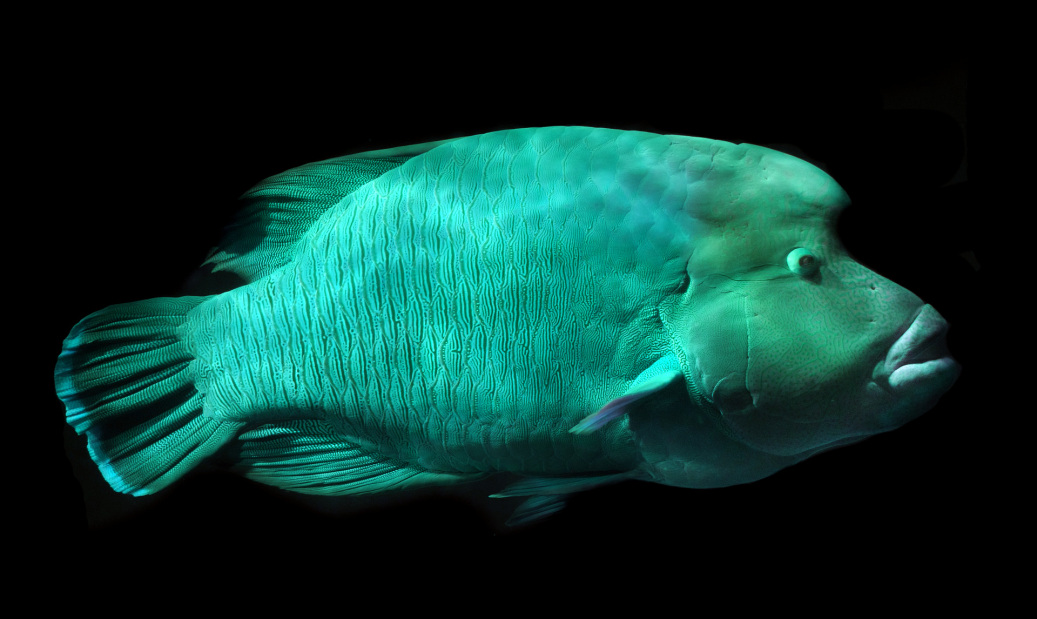
The Humphead Wrasse or commonly known as the Napoleon Wrasse is a large species of wrasse mainly found on coral reefs in the Indo-Pacific region. The fact is that this fish has a face that once you see, you can never forget.
31 | The Dumbo Octopus
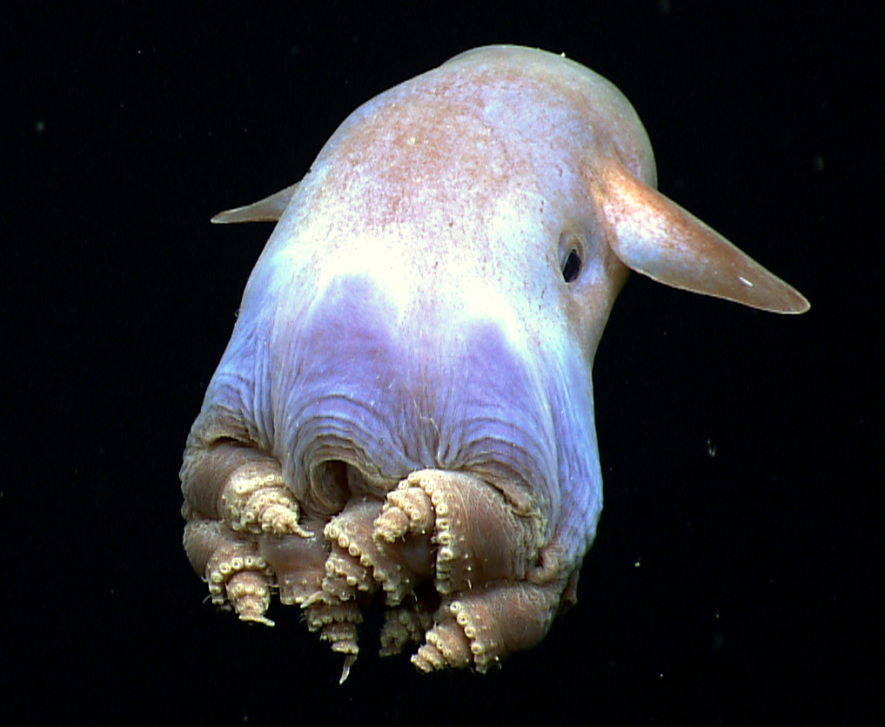
The octopus that has the prominent ear-like fins. These strange types of octopuses are assumed to have a worldwide distribution, living in the cold, abyssal depths ranging from 1000 to 4,800 metres. Believe it or not, octopuses are the closest things to aliens here on earth.
32 | The Gerenuk
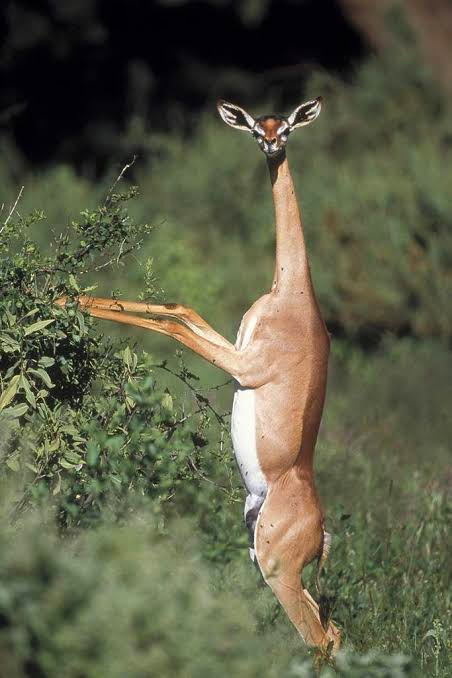
No, it’s not photoshopped. It’s a Gerenuk also known as the Giraffe Gazelle, which is a long-necked Horned Deer (Antelope) found in Somalia and the drier parts of East Africa.
33 | Red-lipped Batfish
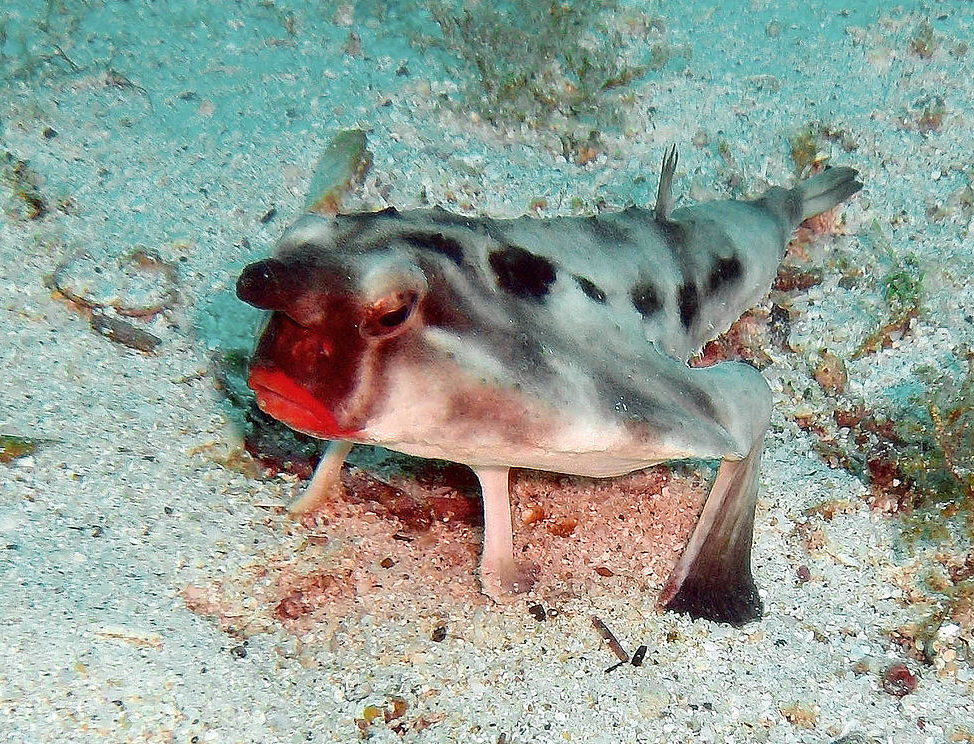
Batfish are not good swimmers. But they can use their highly adapted pectoral, pelvic and anal fins to “walk” on the ocean floor. Their walk is as strange as the Batman.
34 | Rose Fish
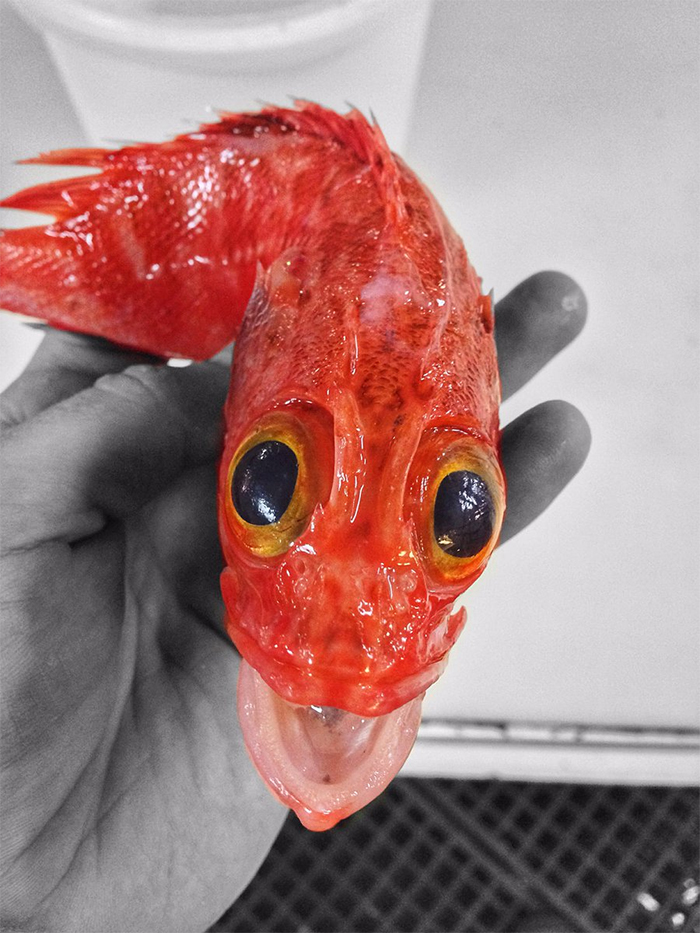
The Rose Fish, also known as the ocean perch, Atlantic redfish, Norway haddock, Red Perch, Red Bream, Golden Redfish or Hemdurgan, is a deep-sea species of rockfish from the North Atlantic. This slow-moving, gregarious fish is used as a food fish.
35 | Doflenia Armanta
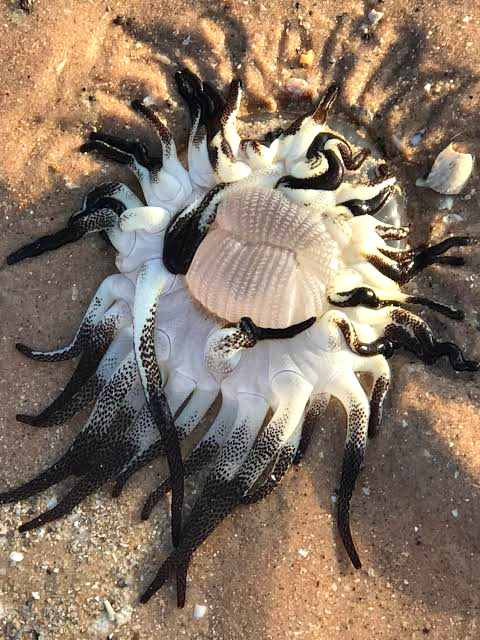
The sting of Dofleinia Armata presents a danger to humans. Injuries resulting from contact with this species are considered very painful and can take several months to heal. This species is known to live in the tropical waters of Australia, Philippines and Indonesia.
36 | The Cookie-cutter Shark
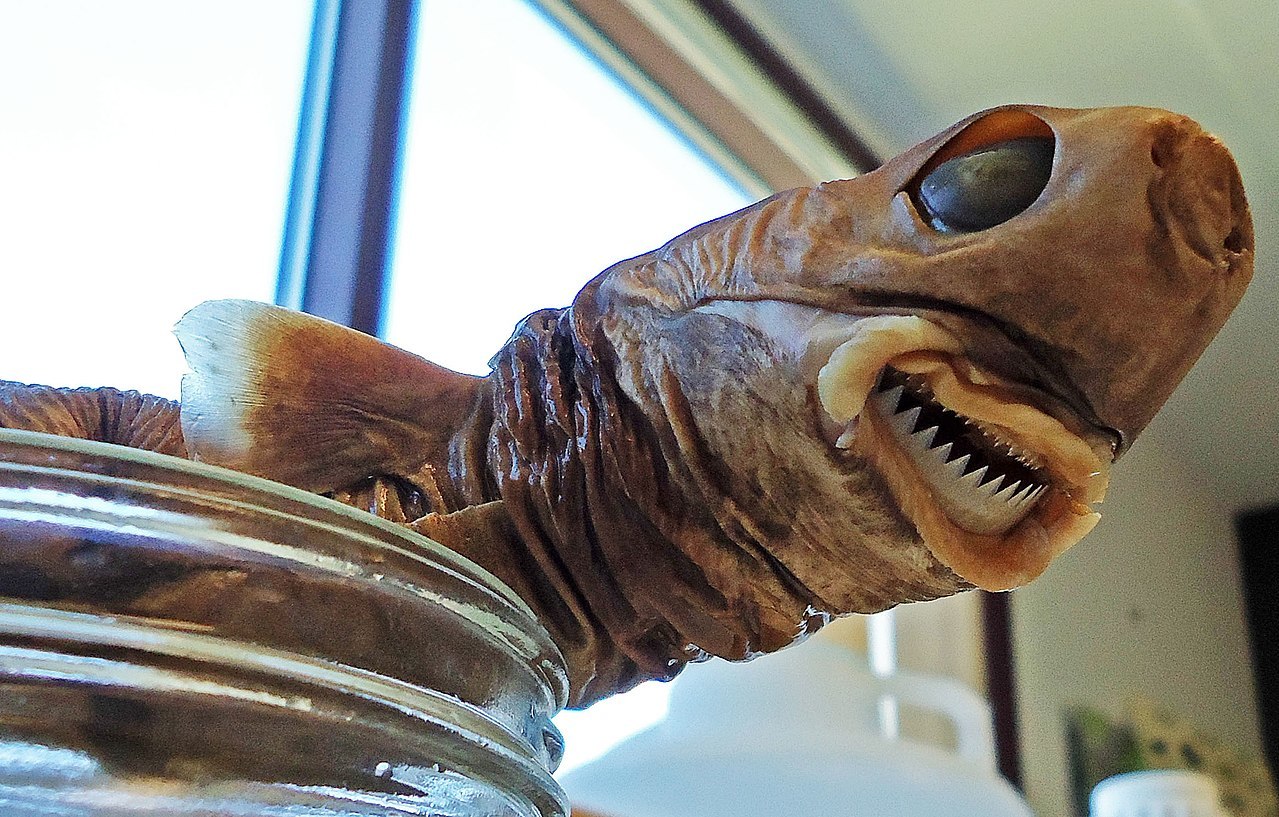
The Cookie-cutter Shark could also be called the “sneaky shark.” This small predator feeds on other sharks and large marine creatures, even whales. However, they don’t kill their prey. The fish lures its victims by its complex, light-producing organs called photophores that densely cover the entire underside, except for the collar, and produce a vivid green glow. After that, it attaches its mouth its victim’s body, carving out a circular cookie cutter-like wound – that’s how it infamously got its name.
37 | Vampire Squid
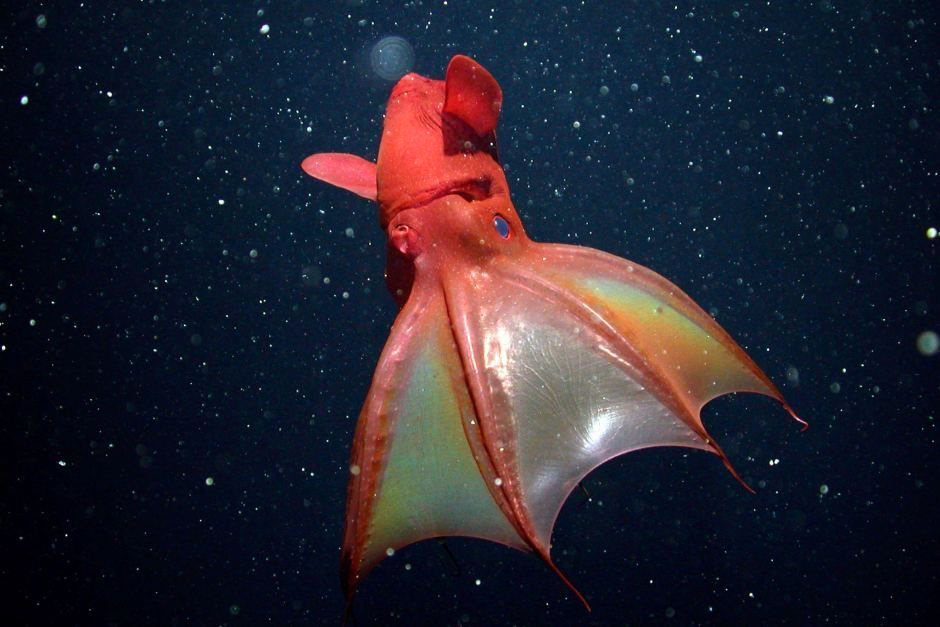
The Vampire Squid is a small cephalopod found throughout temperate and tropical oceans in extreme deep-sea conditions. It shares similarities with both octopuses and squids. The Vampire Squid is able to live and breathe normally in the minimum zone at oxygen saturations as low as 3%, which is known as the suffocating depth of the ocean.
38 | Sarcastic Fringehead
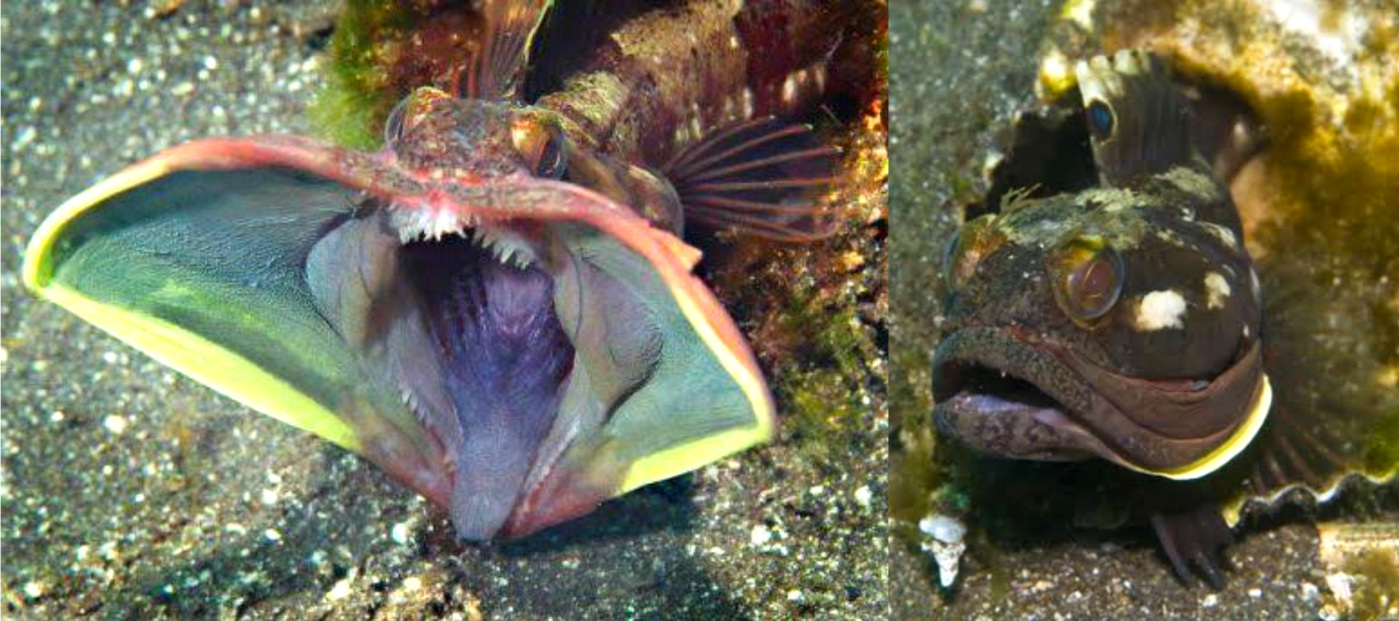
The Sarcastic Fringehead is a small but very hardy saltwater fish that has a large explosive mouth, flesh-tearing teeth and aggressive territorial behaviour, for which it has been given its common name. Human trash such as cans and bottles are their treasure. They find it satisfactory as a home worth protecting. Whatever the shelter used, a Sarcastic Fringehead claims it as its home territory, fiercely defending it against intruders. The larger the container, the larger the Fringehead occupying it.
39 | Tardigrades
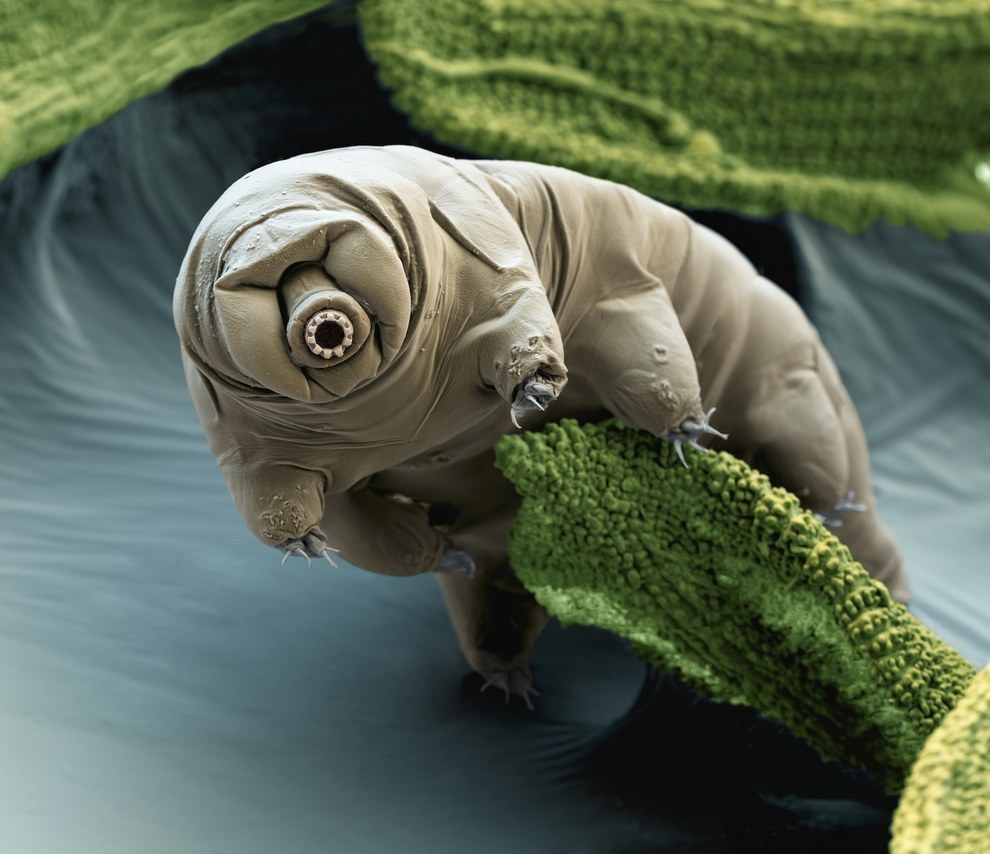
Tardigrades or also known as Water Bears are typically 0.5 mm in length and can live in boiling water and solid ice. Some tardigrade species could survive up to 10 days in space. They are even capable of repairing most of their DNA after radiation damage. They are classified as extremophiles, most tenacious creatures in this world. Tardigrades have been around for 530 million years.
40 | Mudskipper
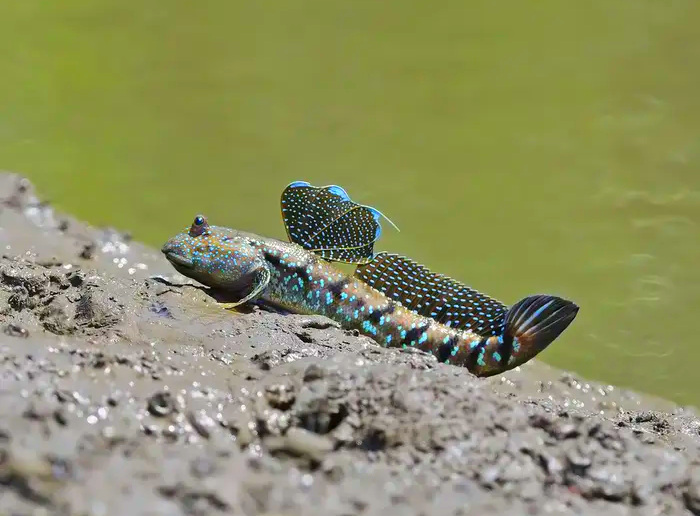
Mudskippers are weird-looking sometimes even colourful amphibious fish that propel themselves across land using their tiny hand-like fins. They live in mudflats and, despite being fish, spend most of their time out of the water. Probably, they have become bored of living in the water!
41 | The Black Swallower
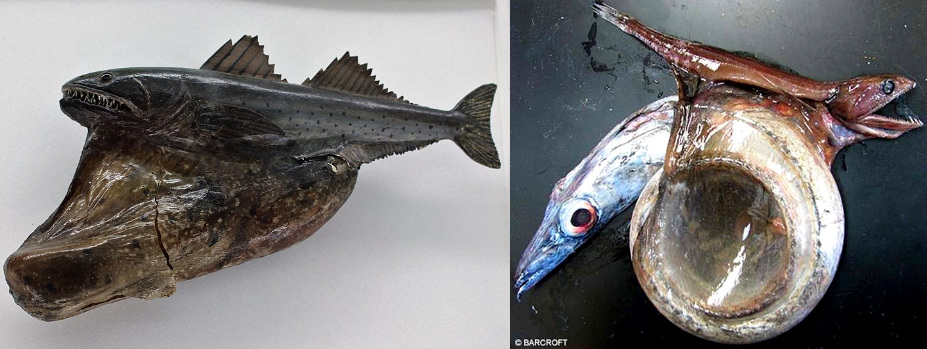
The Black Swallower feeds on bony fishes, which are swallowed whole. Though the Black Swallower is a small fish, with a maximum known length of 25 cm, with its greatly distensible stomach, it is capable of swallowing prey over twice its length and 10 times its mass.
42 | Goblin Shark
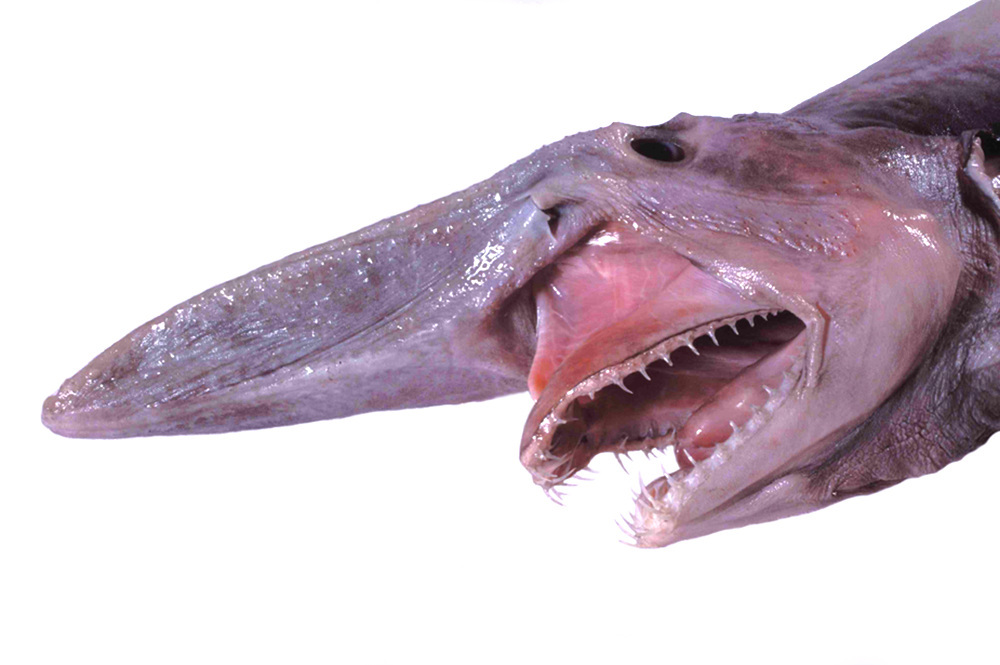
The Goblin Shark is a rare species of deep-sea shark. Sometimes called a “living fossil“, it has an elongated snout that’s not just for looks, it’s used as a sensory tool that can detect electric fields produced by its prey.
43 | Deep-sea Lizardfish
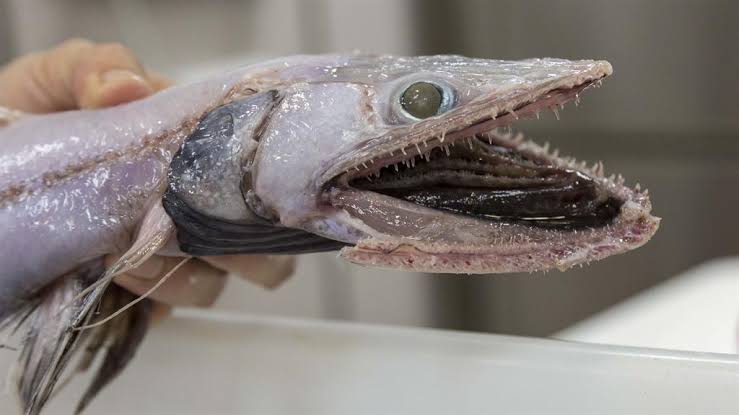
This predatory fish sits in the darkest depth of the sea, just waiting for prey. Its mouth is fully loaded with bizarre-looking small, sharp teeth that fold backward to force prey down its throat.
44 | The Tongue-eating Louse
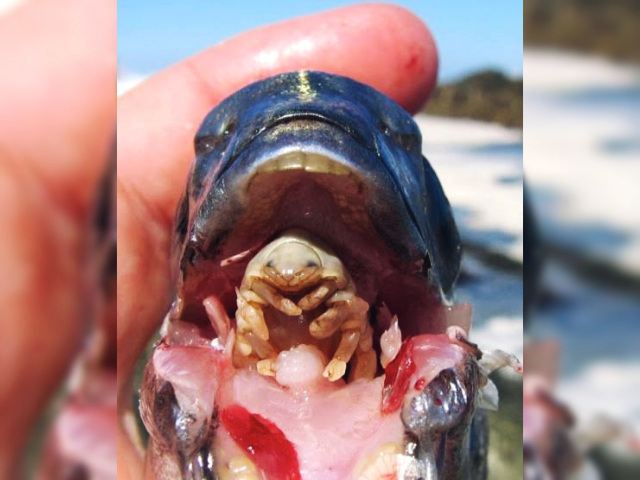
Cymothoa Exigua, or the Tongue-eating Louse is a parasite that destroys the tongue of a fish and then itself replaces the tongue for the rest of its lifespan, essentially transforming itself into a living, parasitic, but fully functioning and otherwise harmless tongue! This bizarre creature can be found from the Gulf of California south to north of the Gulf of Guayaquil, Ecuador, as well as in parts of the Atlantic.
Bonus:
Deep-Sea Squid With Human-Like Teeth:
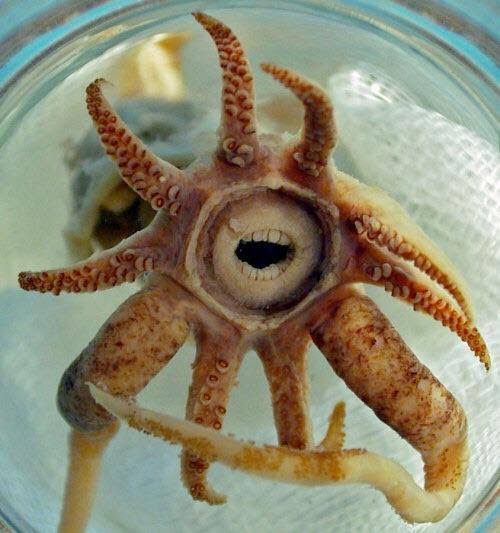
Promachoteuthis sulcus, a deep-sea squid found by a German research vessel in the southern Atlantic ocean, around 1800 metres down. Little is known about this rarer than rare squid species because this is the one and only specimen that we found to this day.
Did You Know?
Did you know that Abyssobrotula galatheae and Pseudoliparis swirei are the two fishes that hold records for living in the deepest part of oceans? They can easily survive the extreme pressure at the depth of 8,000–8,500 metres. Theoretically, it’s the maximum depth possible for fish. Pseudoliparis swirei is found at hadal depths in the Mariana Trench in the western Pacific Ocean, which is the deepest trench on Earth. That’s why the fish is often called the Mariana Hadal Snailfish.




